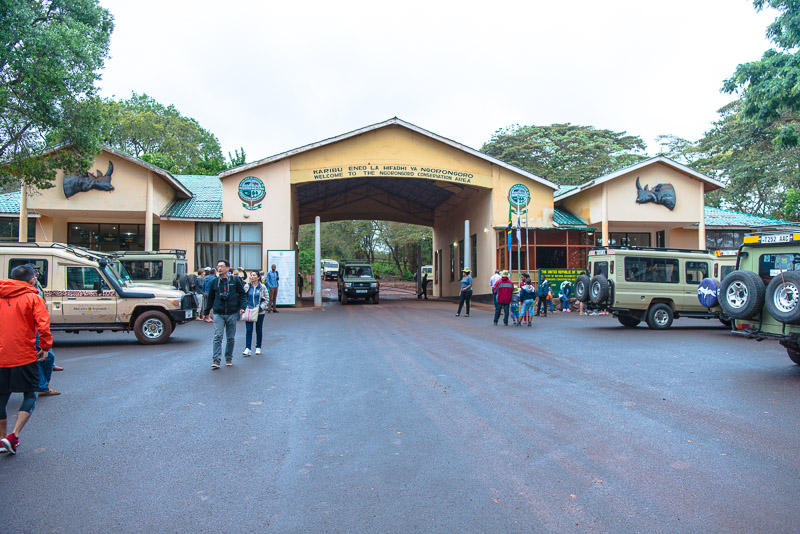
30.12.2016: Safari Day 2 - Ngorongoro Crater.
After a night in a tent on the camping gound Panorama Safari near the village Mto Wa Mbu, we start early morning for the Ngorongoro crater.

Usual 45 minutes time waiting at the gate until we ar allowed to pass.
Last night it had rained, and it is wet and on the crater edge it is misty too. Not much to be seen from the view point. Click here or into the picture for a larger display.
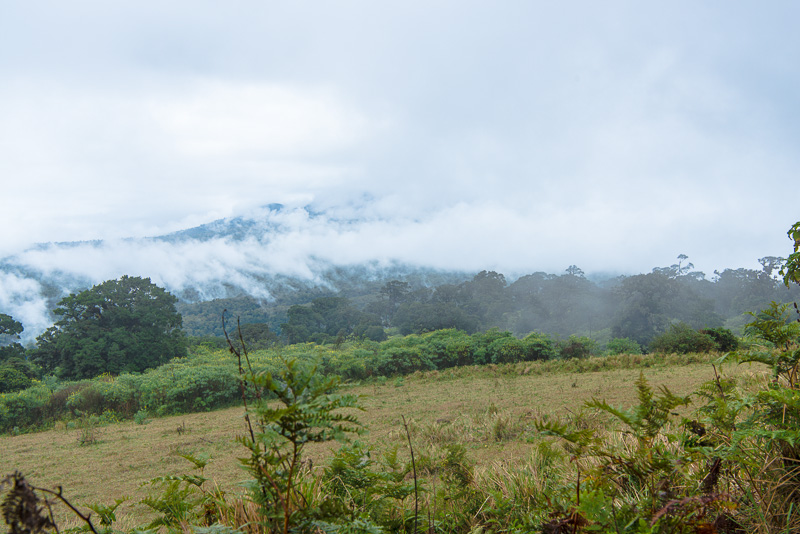
First we drive a short leg around the crater edge, in between up to an altitude of nearly 2.400 m.
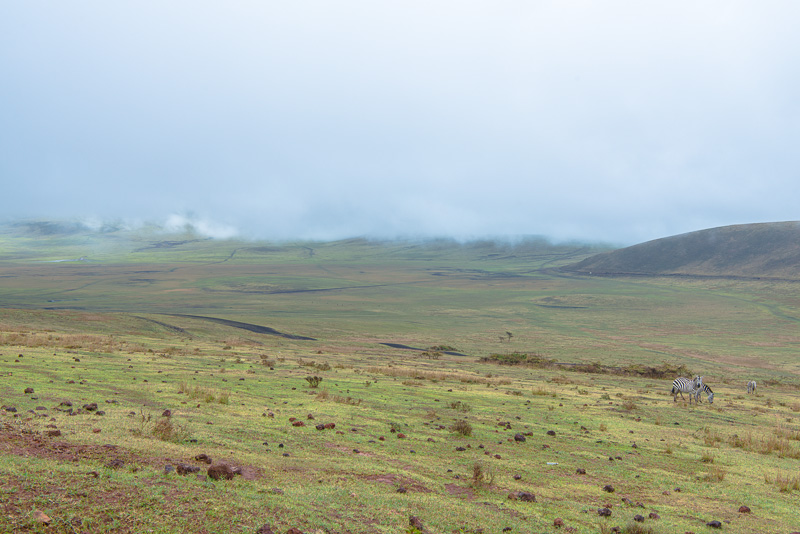
High valley at the Ngorongoro crater edge. First Zebra´s.
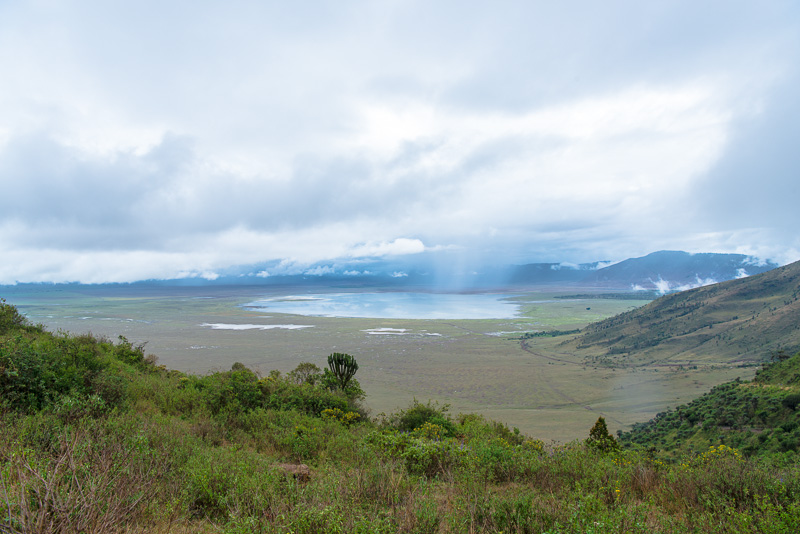
View down along the road (far right), from another checkpoint. Rain shower over Lake Magadi.
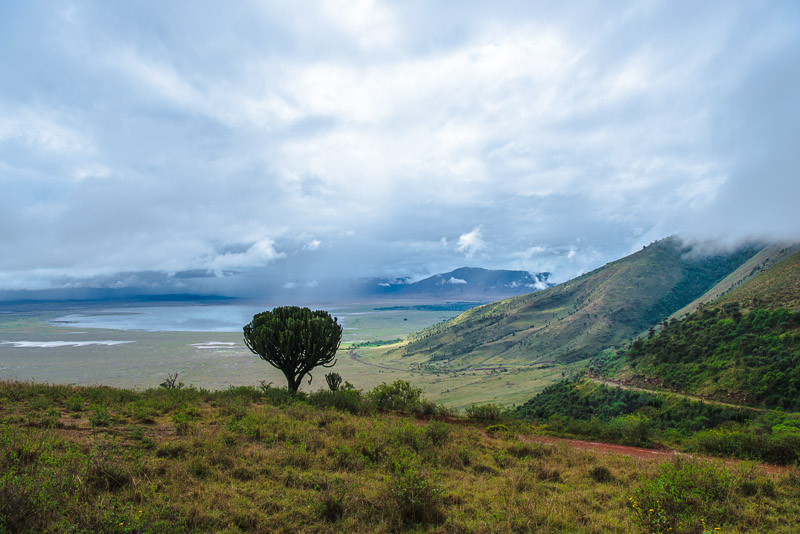
View from the checkpoint down to the Ngorongoro crater.
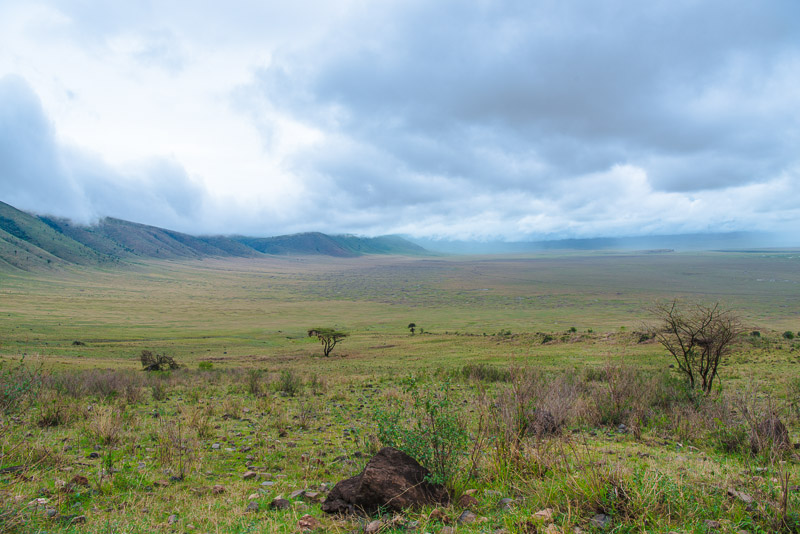
Nearly arrived at the crater.
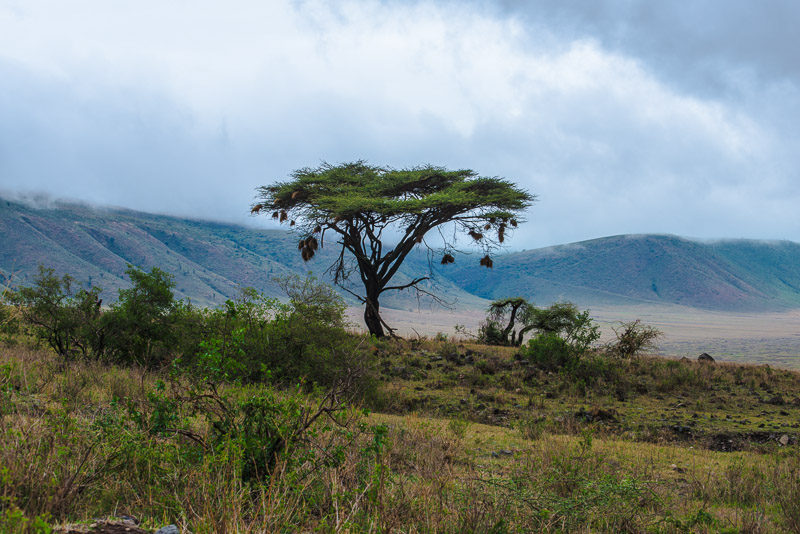
Nests of weaver birds in this acacia.
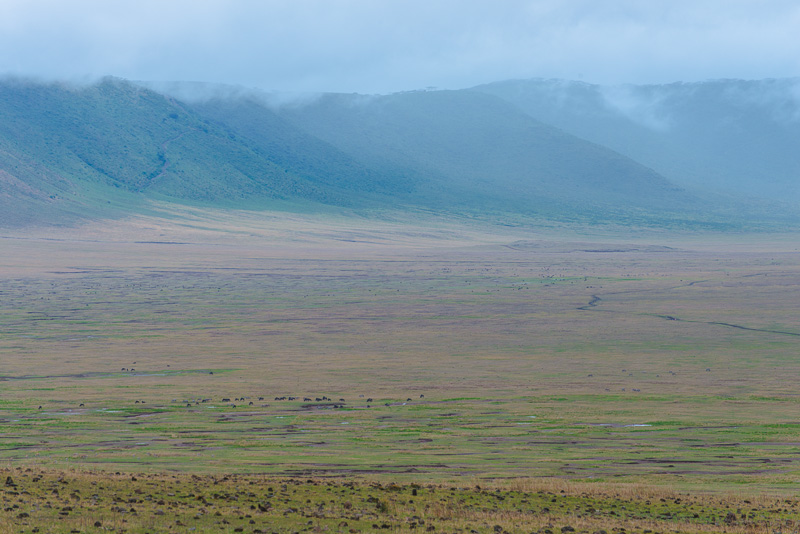
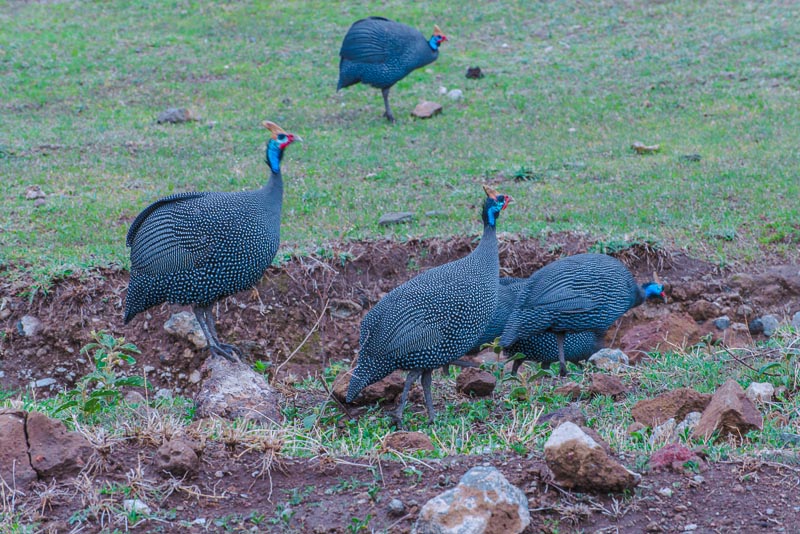
Helmeted guineafowls (Numida meleagris) (all birds of the Ngorongoro crater to be looked at at https://commons.wikimedia.org/wiki/Category:Birds_of_Ngorongoro
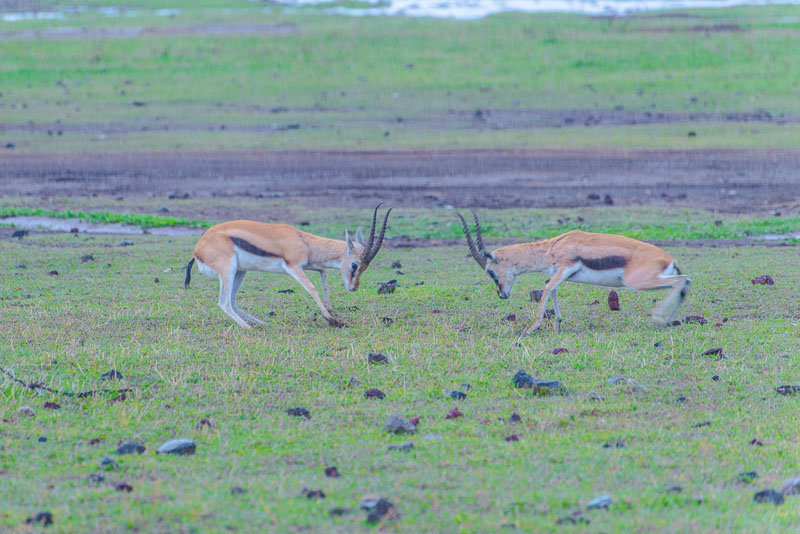
Fighting Impala´s
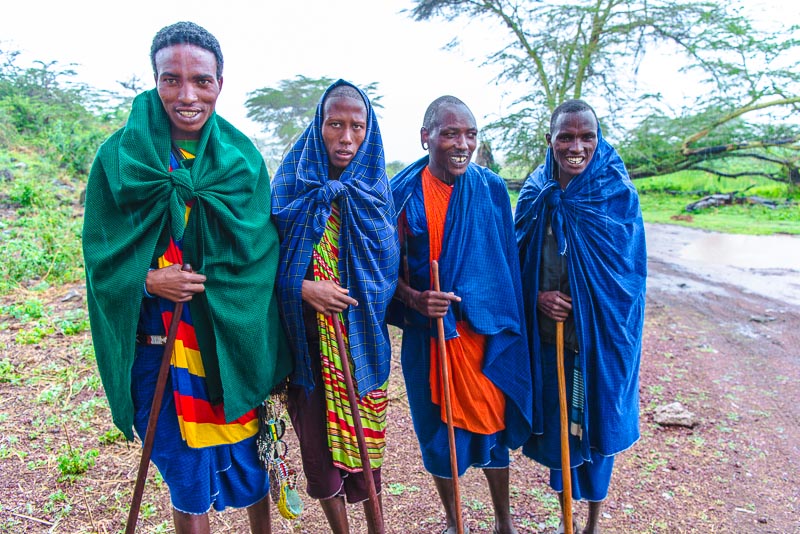
These animate beings demanded money for being photographed, as opposed to all others.
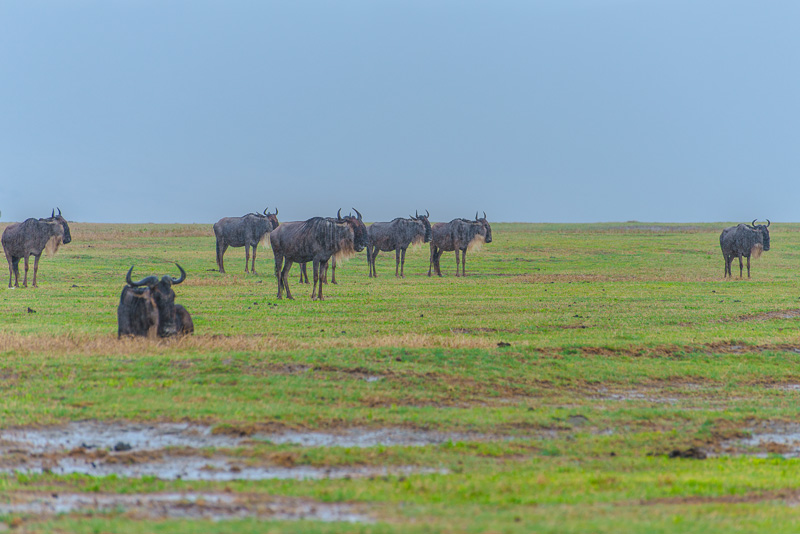
Wildebeest (Connochaetes albojubatus) in the rain.
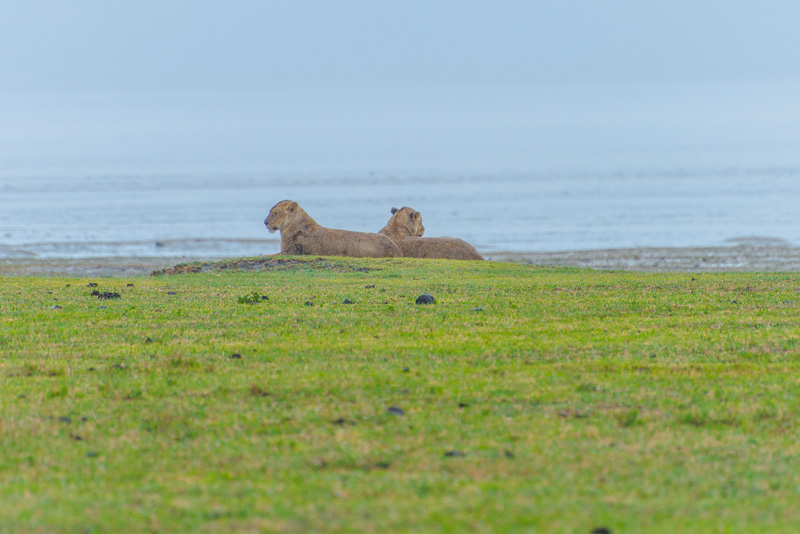
Two female lions lazily laying around.
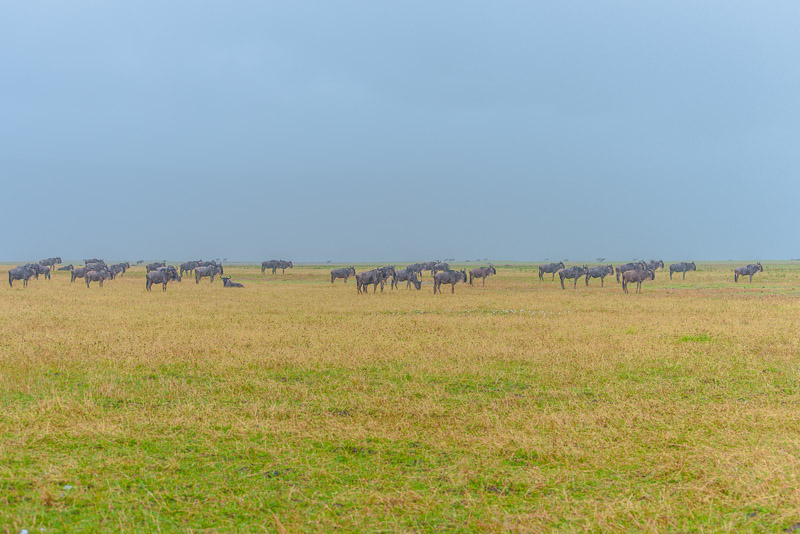
Wildebeest (Connochaetes albojubatus)
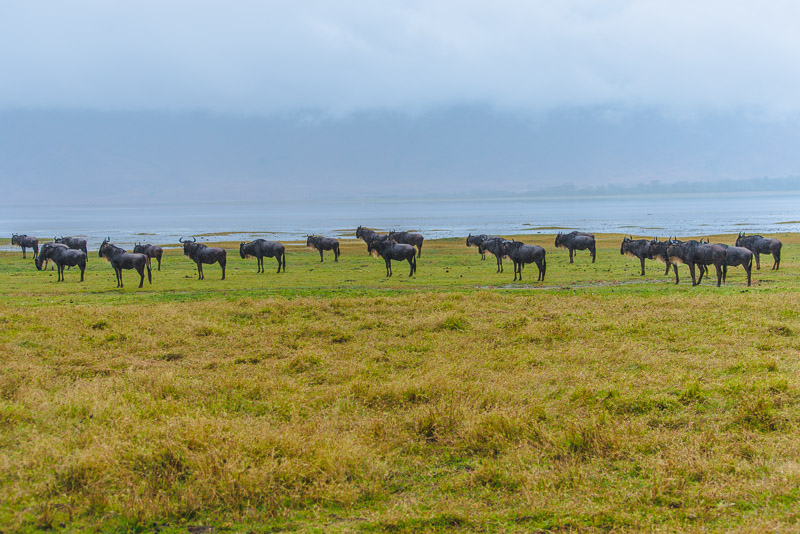
Wildebeest (Connochaetes albojubatus). In the rain, they stand like soldiers in a parade, all averted from the wind.
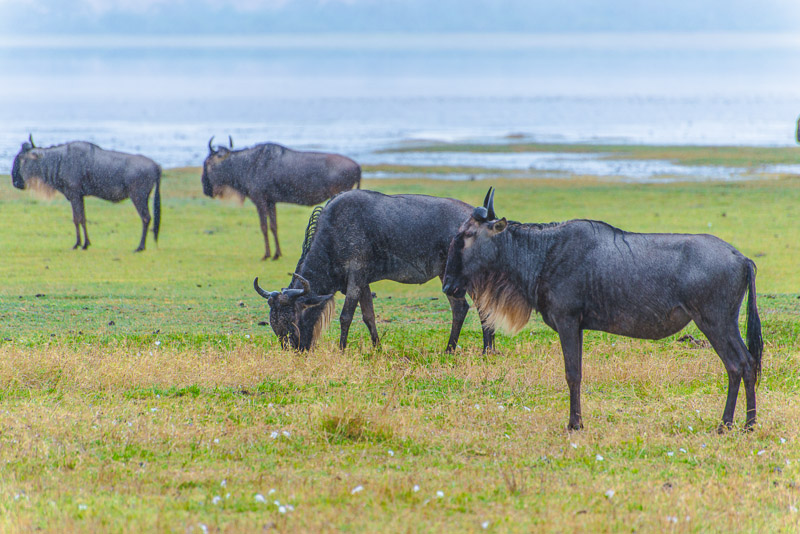
Wildebeest (Connochaetes albojubatus)
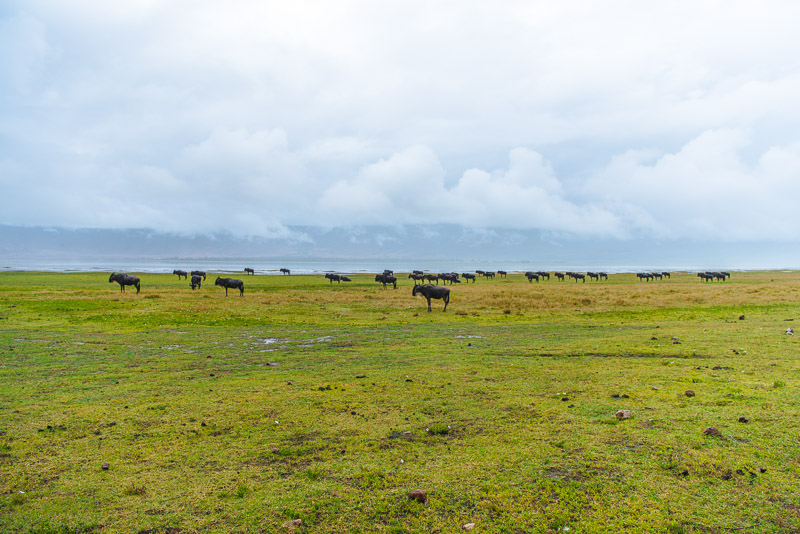
Wildebeest (Connochaetes albojubatus)
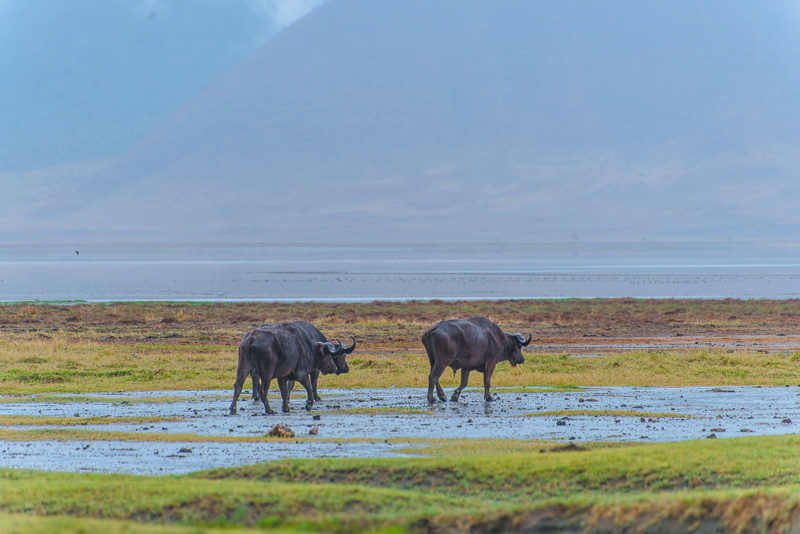
African buffalos (Syncerus caffer)
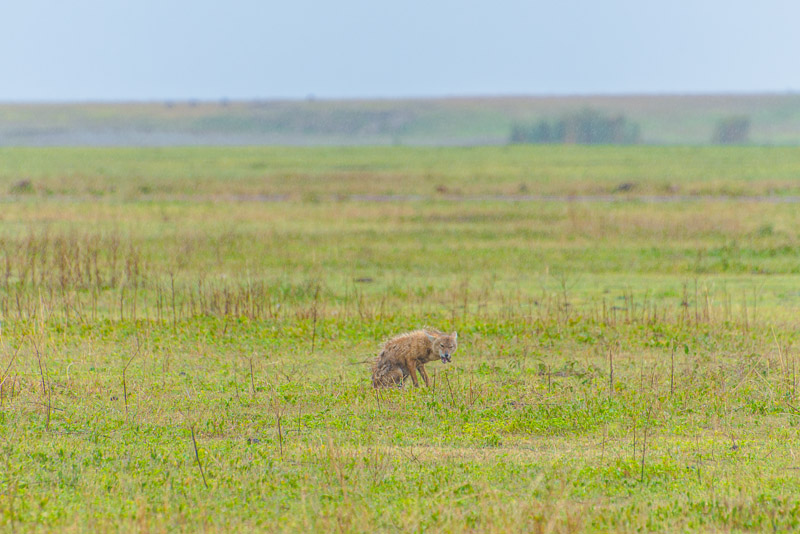
Black-backed jackal (Canis mesomelas)
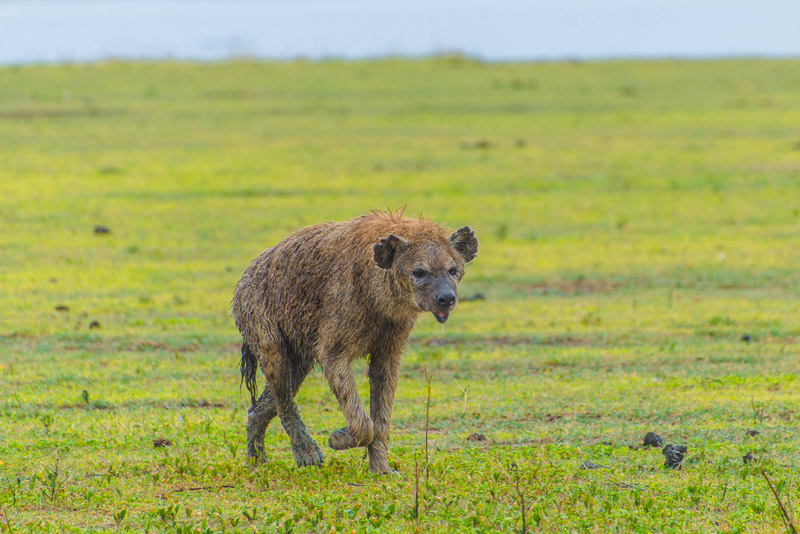
Spotted hyena (Crocuta crocuta)
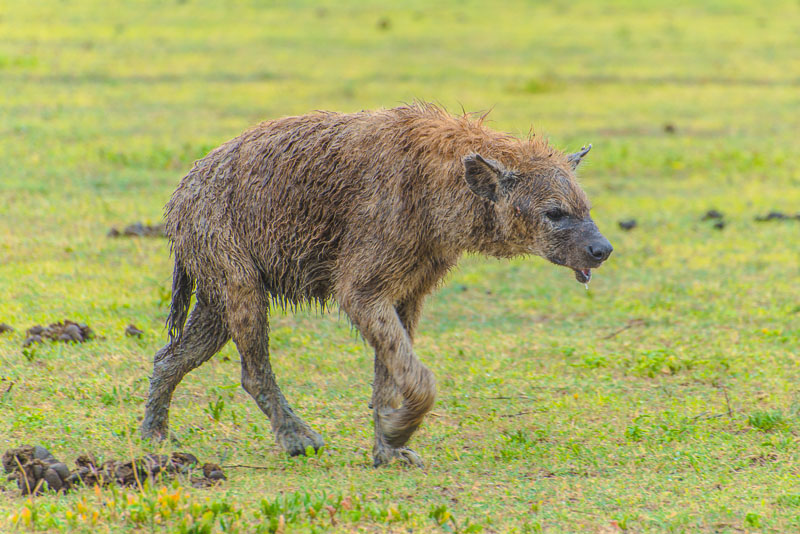
You rarely see the spots on the wet animal.
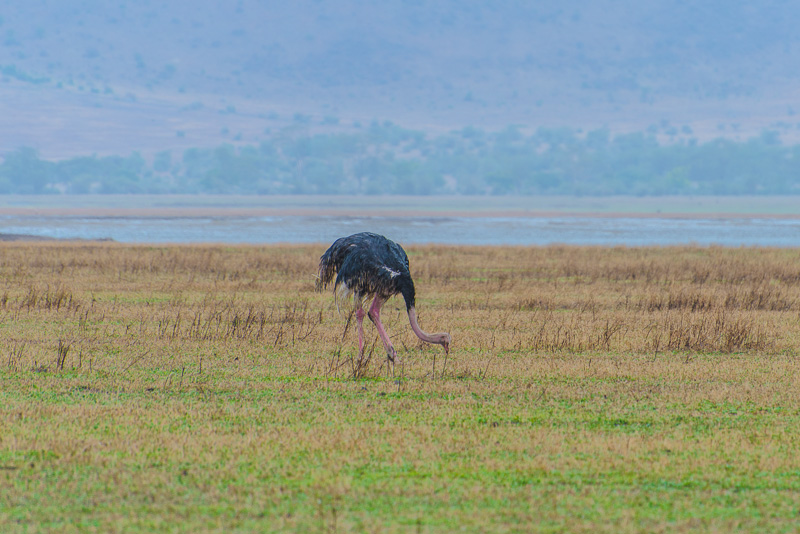
Ostrich (Struthio camelus).
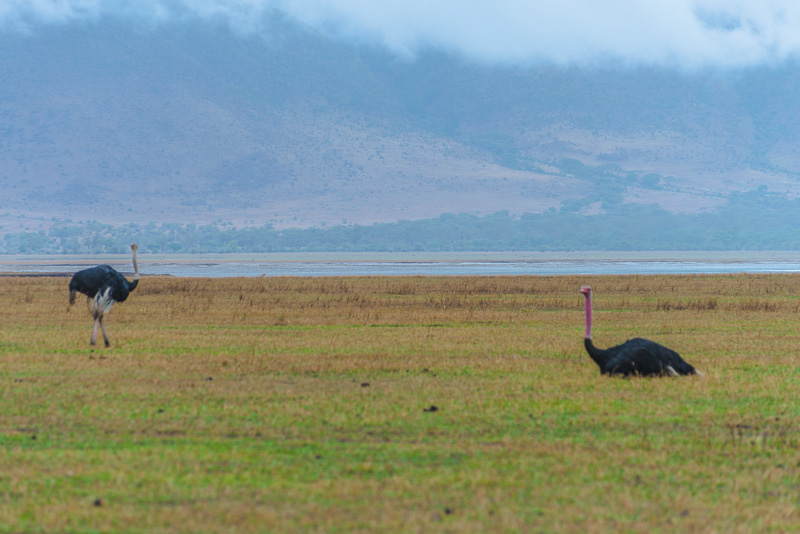
Ostrichs (Struthio camelus).
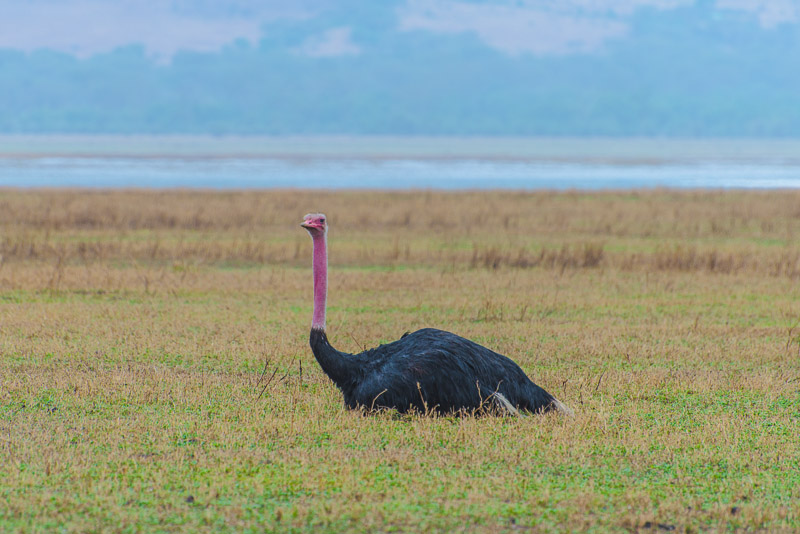
Ostrich (Struthio camelus).
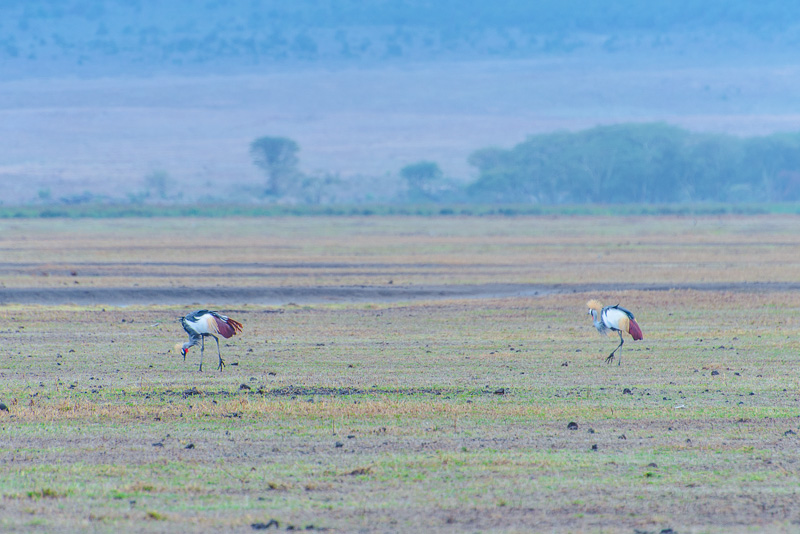
Grey crowned crane (Balearica regulorum)
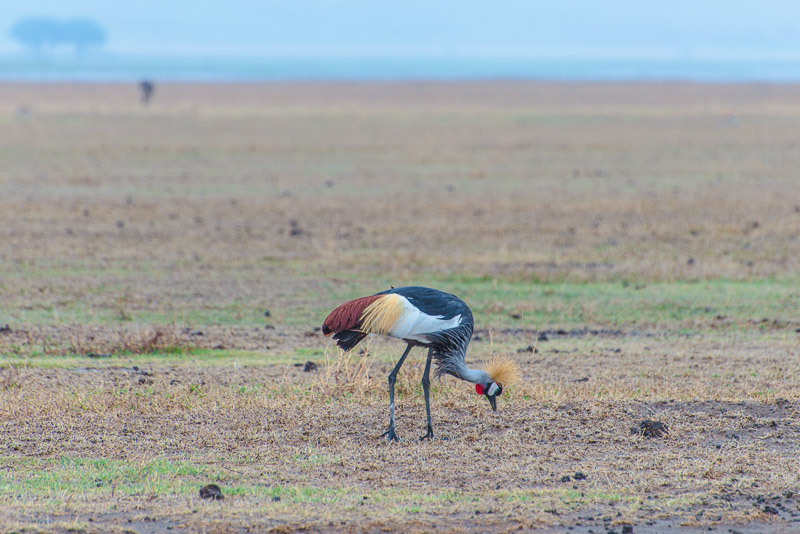
Grey crowned crane (Balearica regulorum)
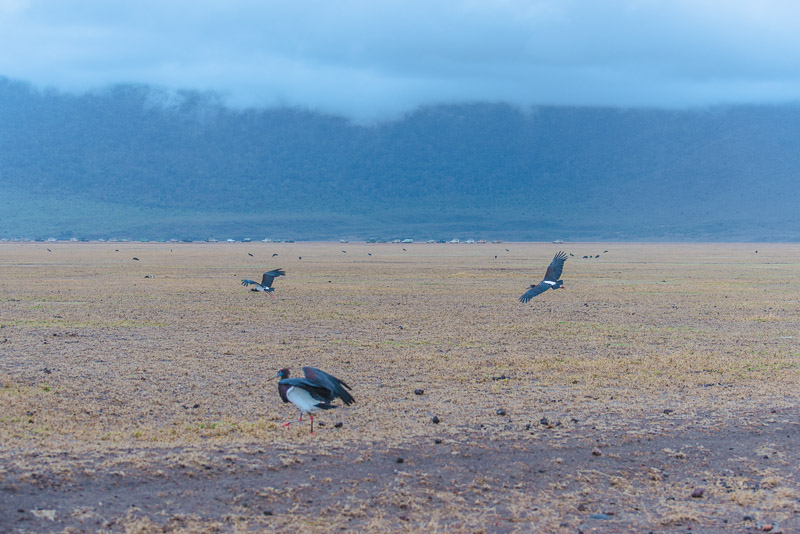
I cannot identify these animals ... best guess would be Abdim´s stork.
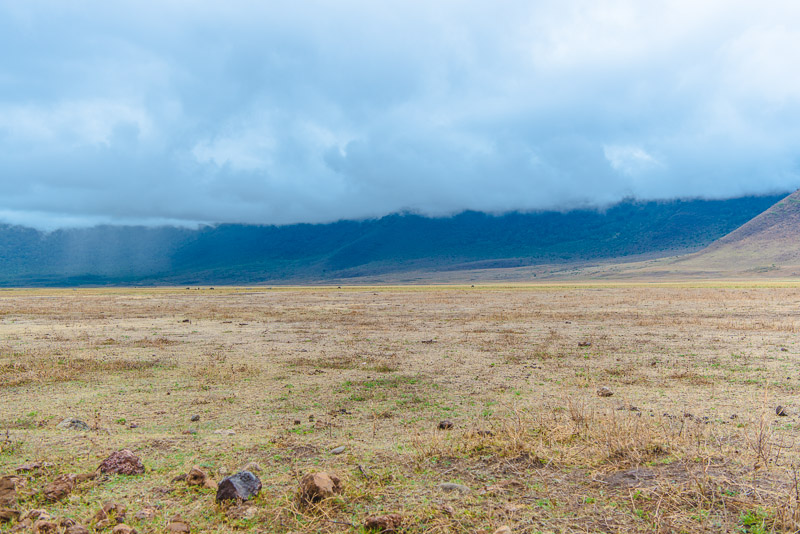
Rain shower
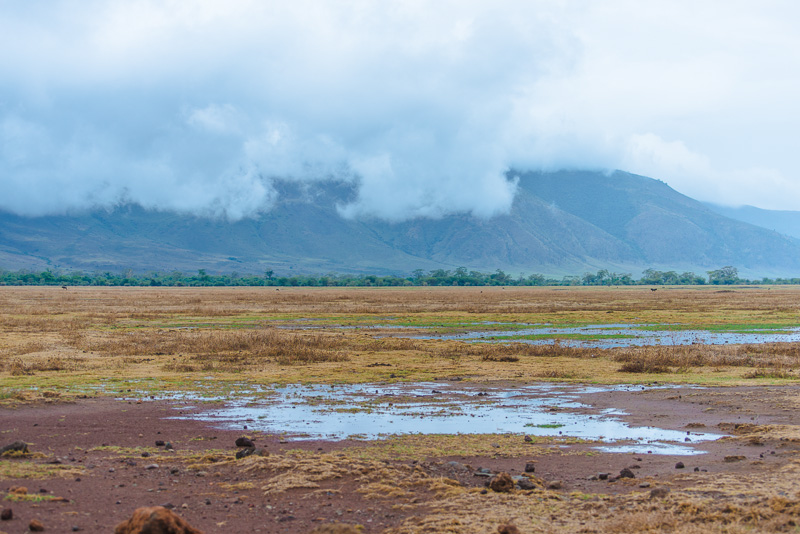
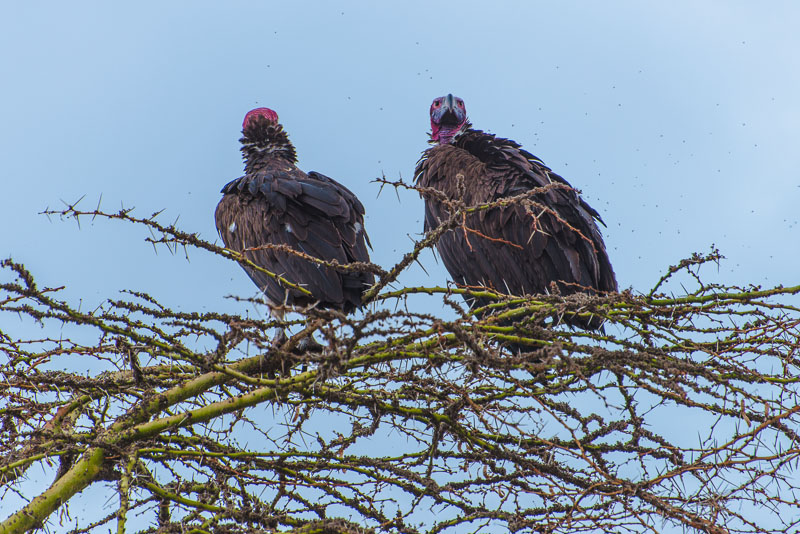
Vultures waiting in a tree ...
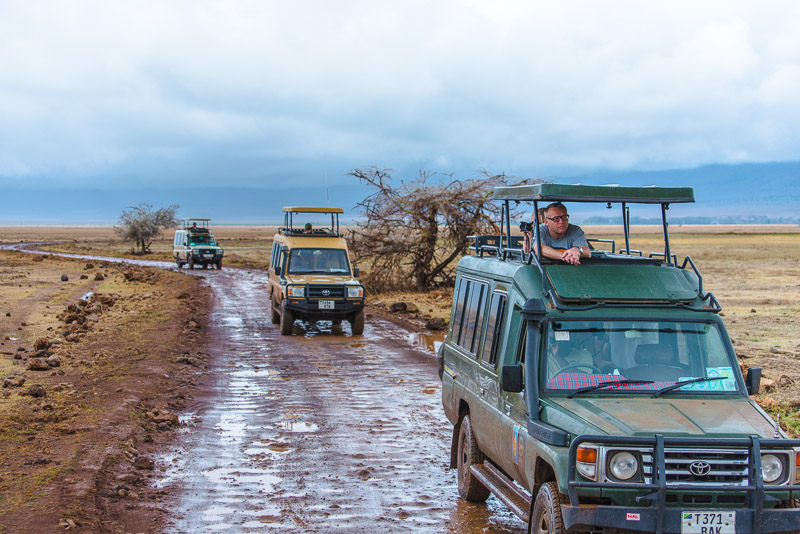
... Other kinds of vultures are waiting in the cars.
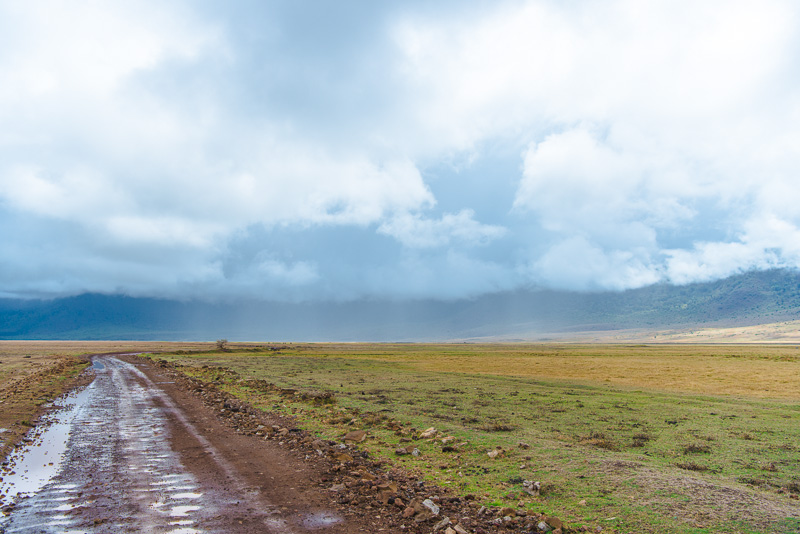
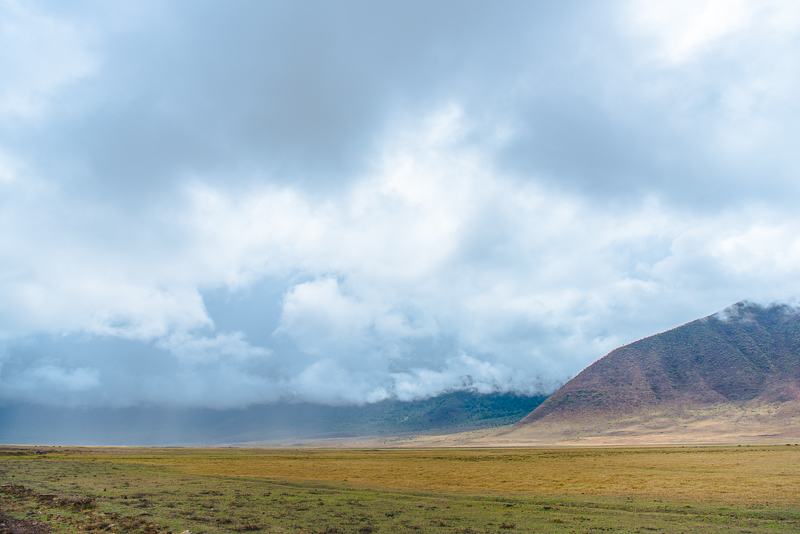
More rain showers.
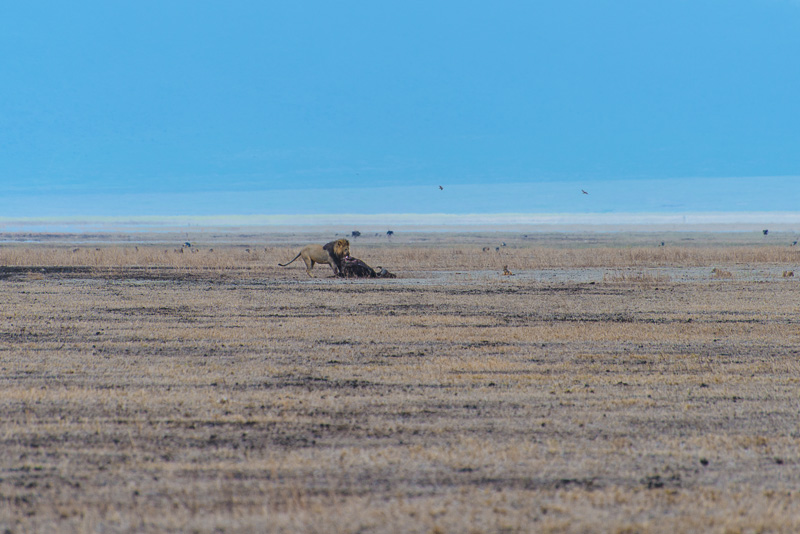
This day´s attraction: a lion eating a buffulo.
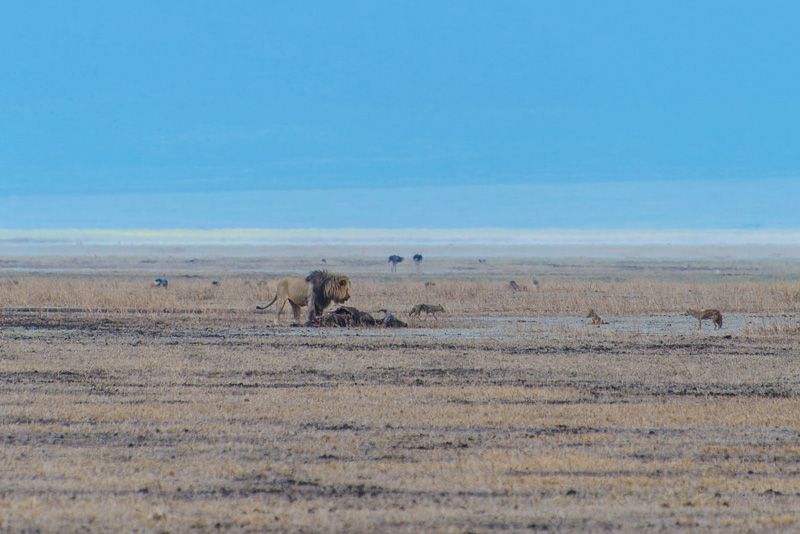
Other carnivores already waiting ...
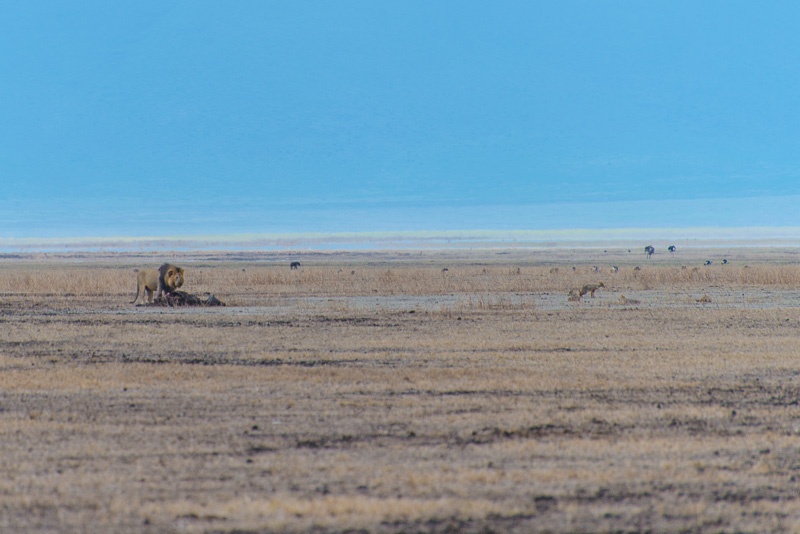
... for the leftovers.
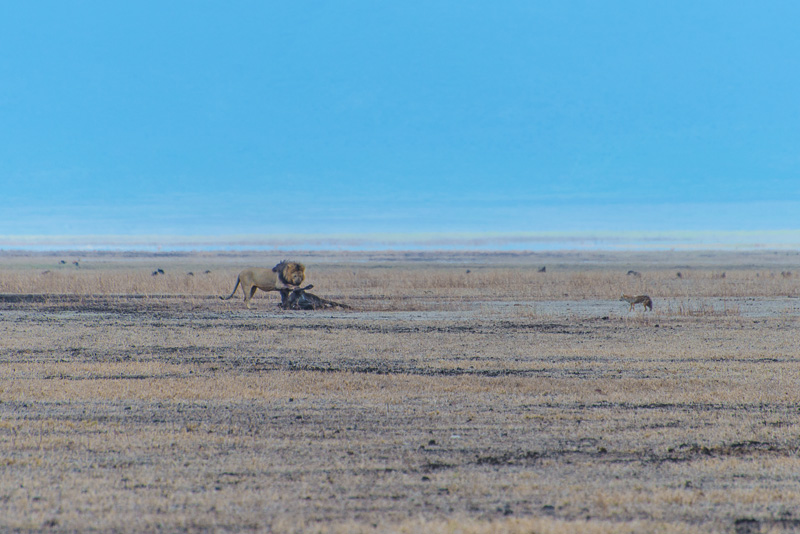
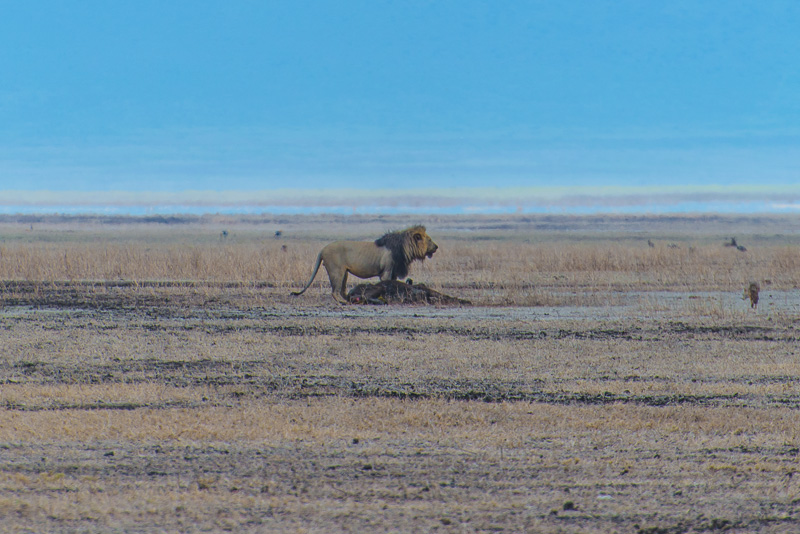
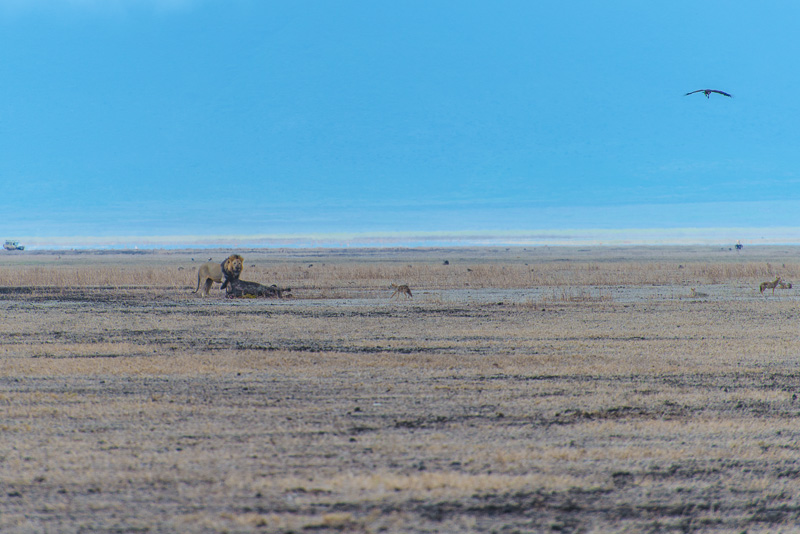
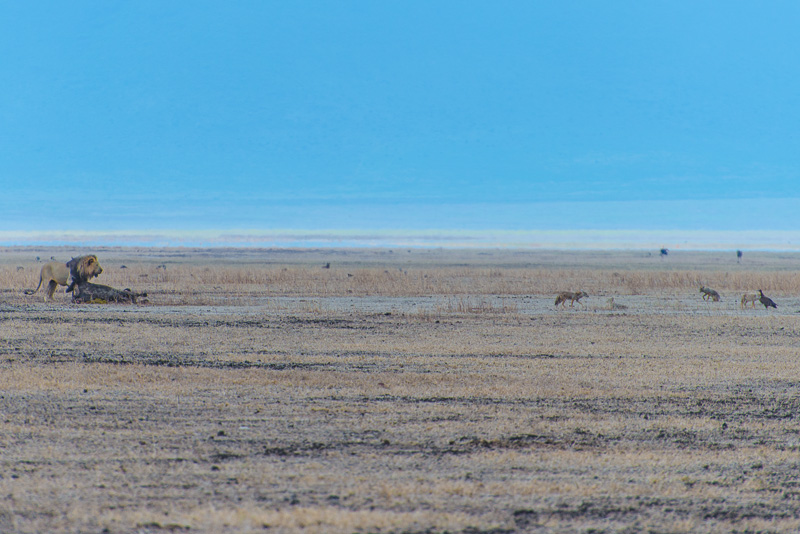
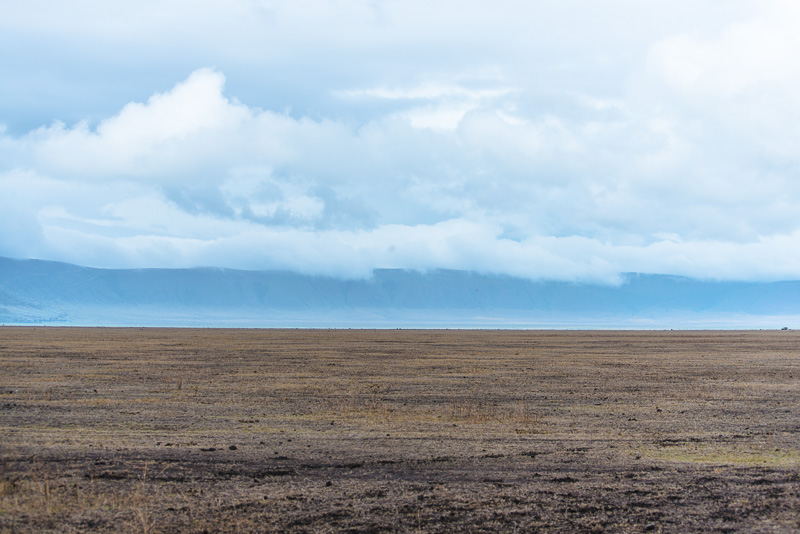
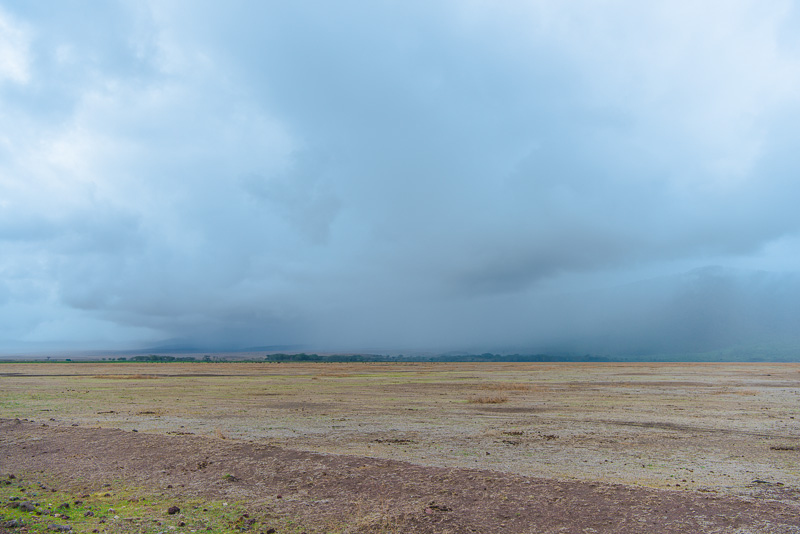
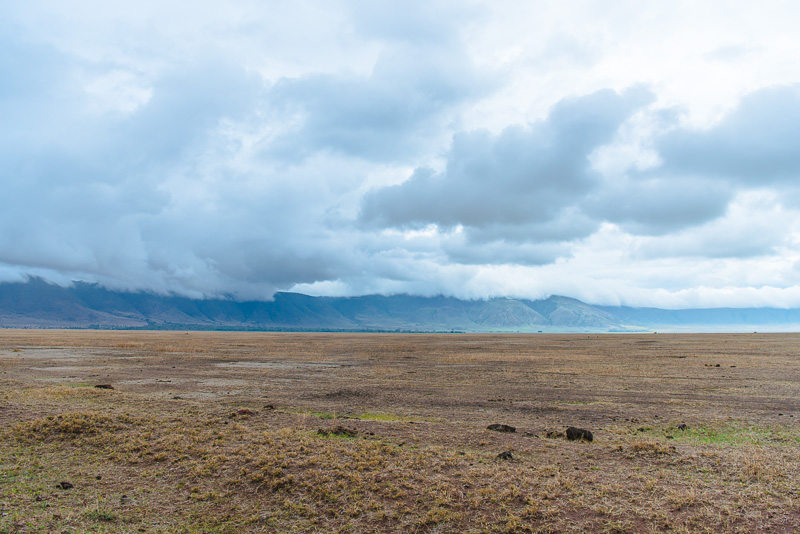
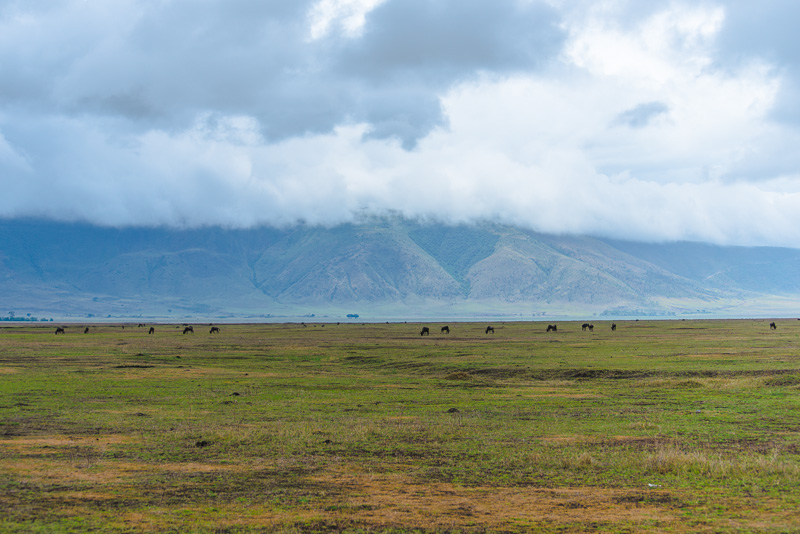
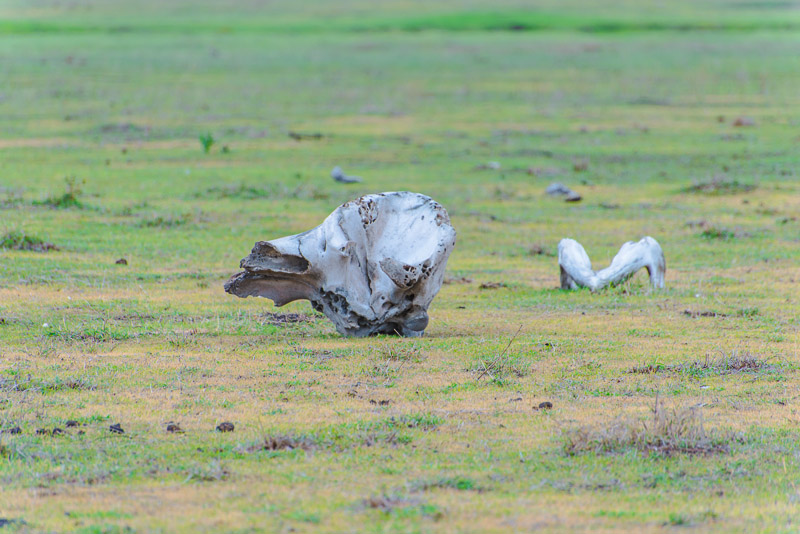
Elephant bones.
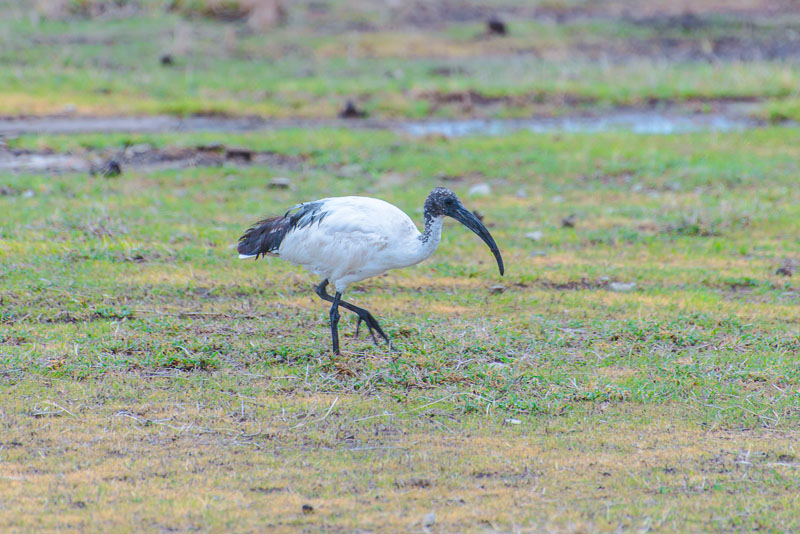
"African sacred ibis" (Threskiornis aethiopicus)
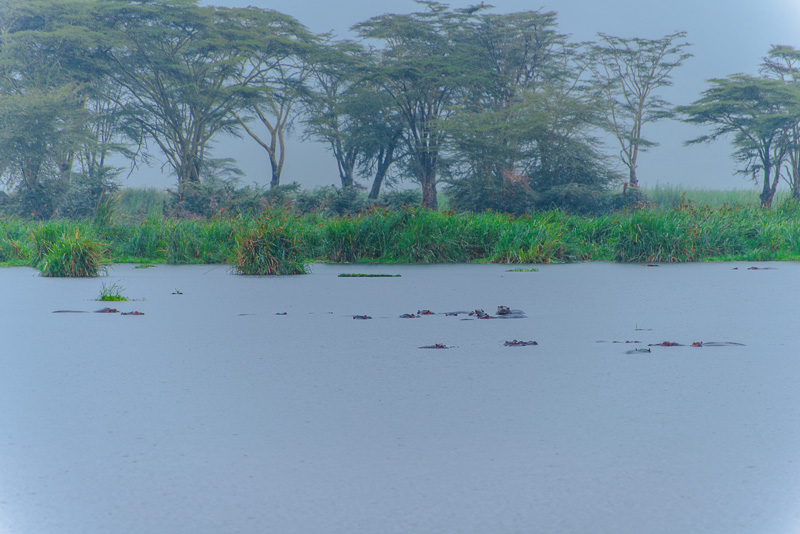
We reach a pond, where hippos are living. Now it rains that strong that we can´t come closer. It would be a picnic place, but we take our lunch package inside the car.
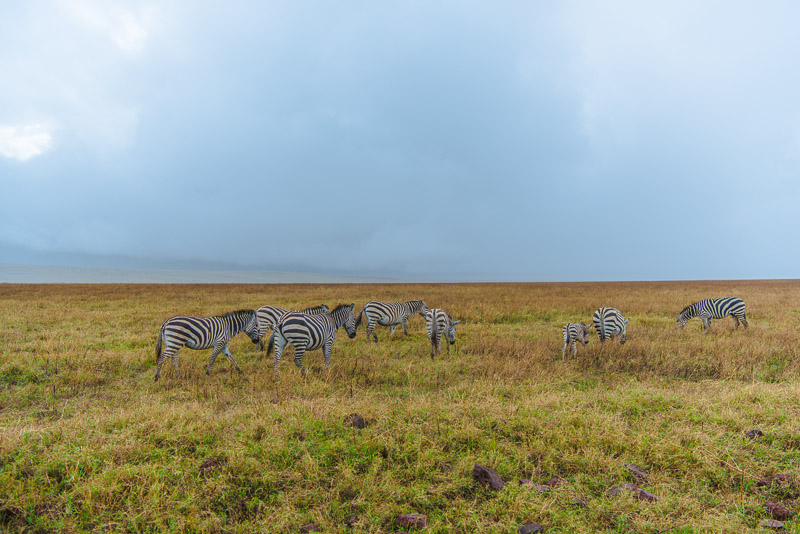
Zebras
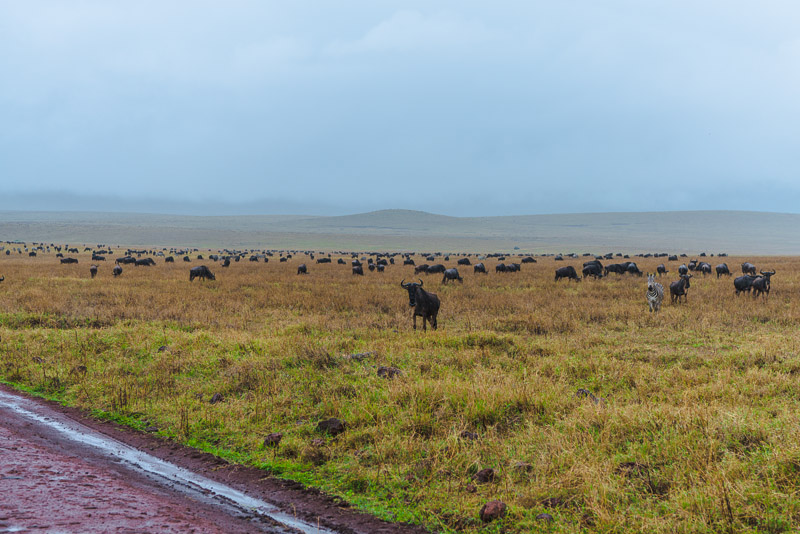
Once more huge numbers of Wildebeest (Connochaetes albojubatus)
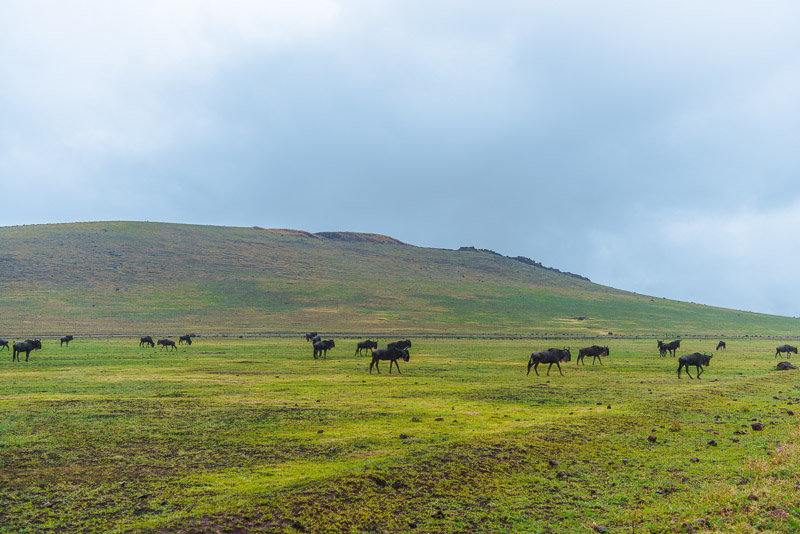
Wildebeest (Connochaetes albojubatus)
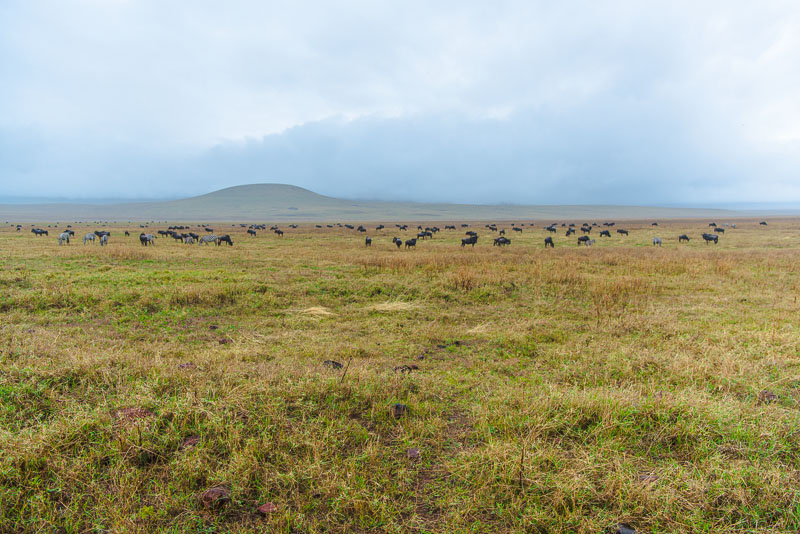
Wildebeest (Connochaetes albojubatus)
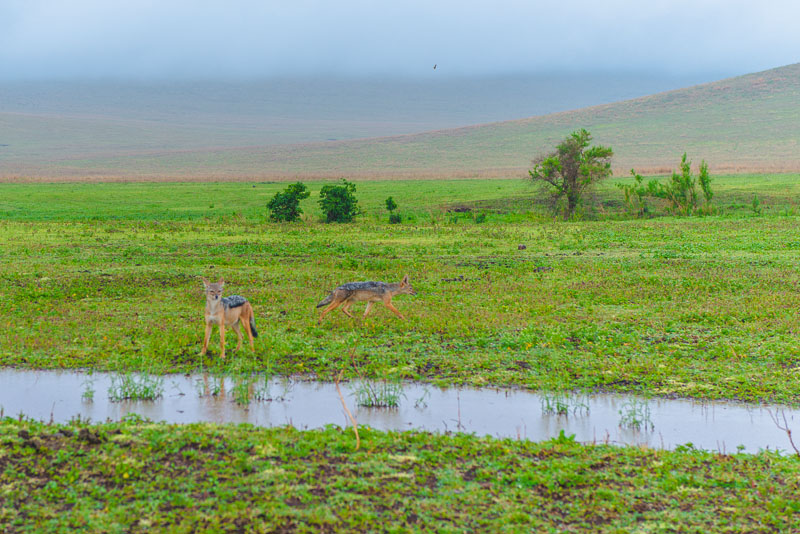
Black-backed jackals (Canis mesomelas)
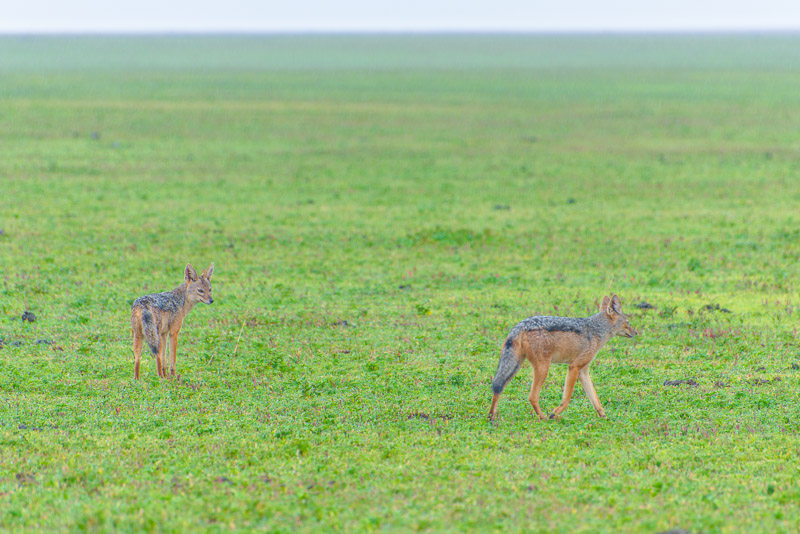
Black-backed jackals (Canis mesomelas)
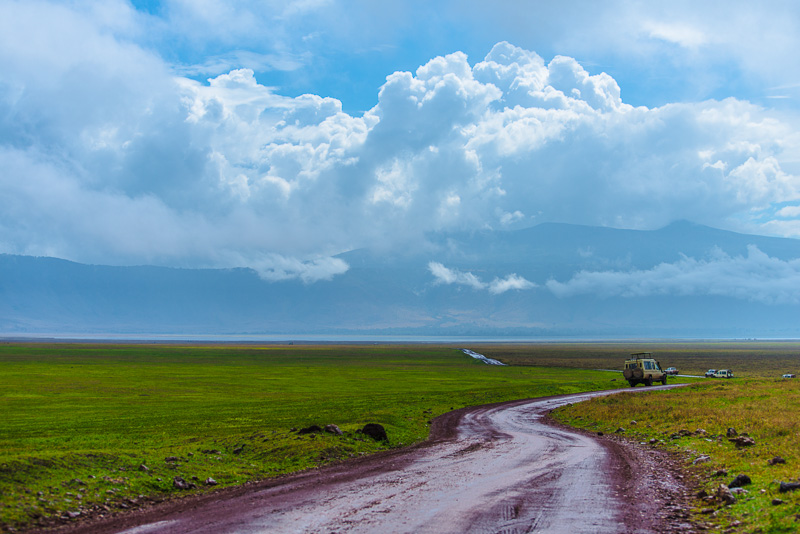
The sun is out again.
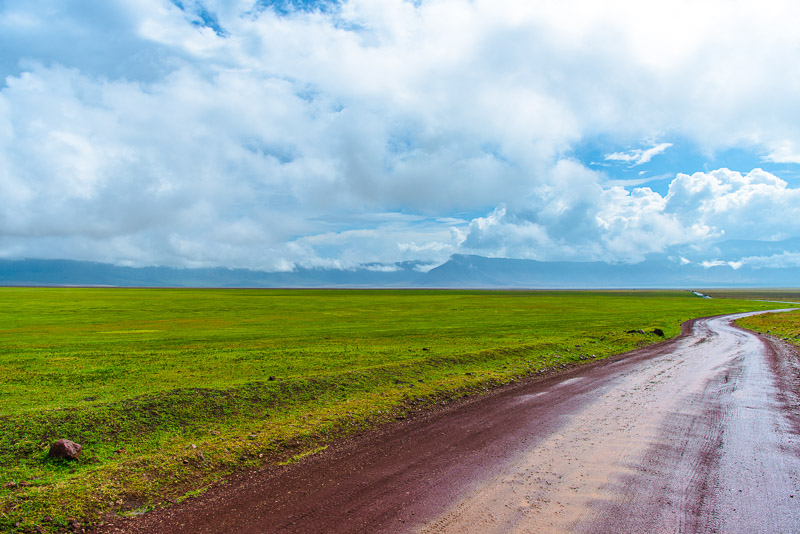
But everything is still wet.
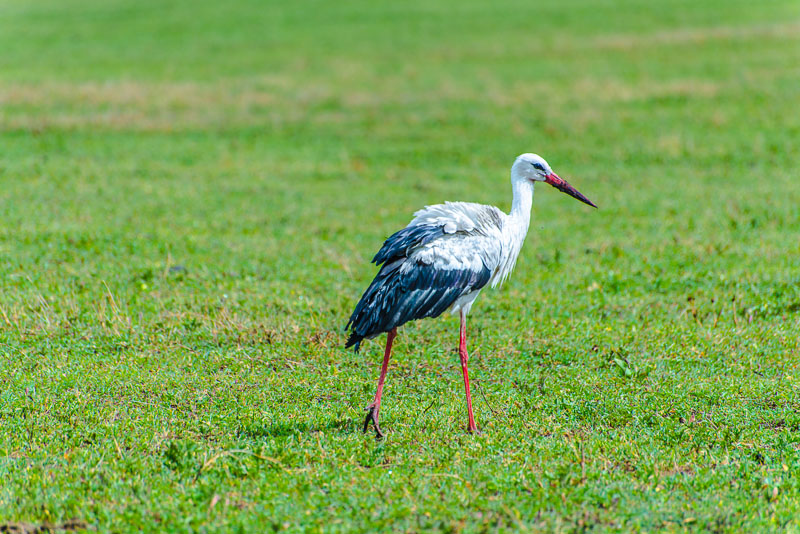
A white stork (Ciconia ciconia) in its wintering grounds.
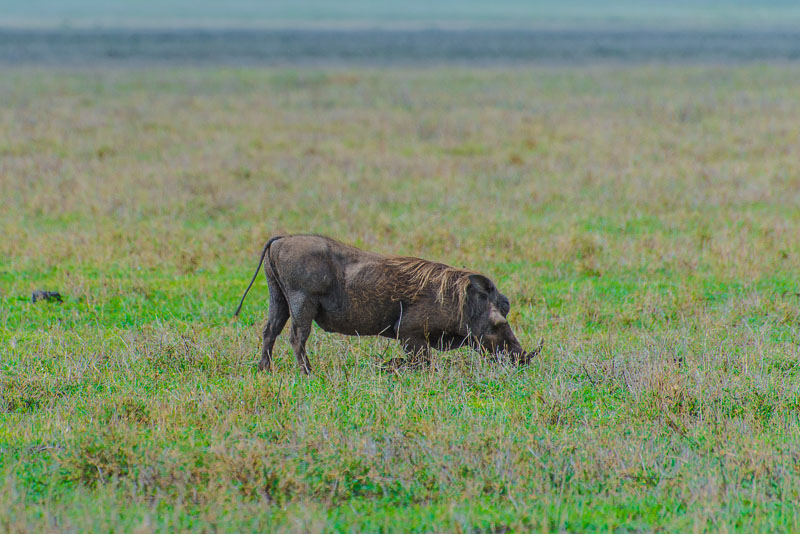
Common warthog (Phacochoerus africanus)
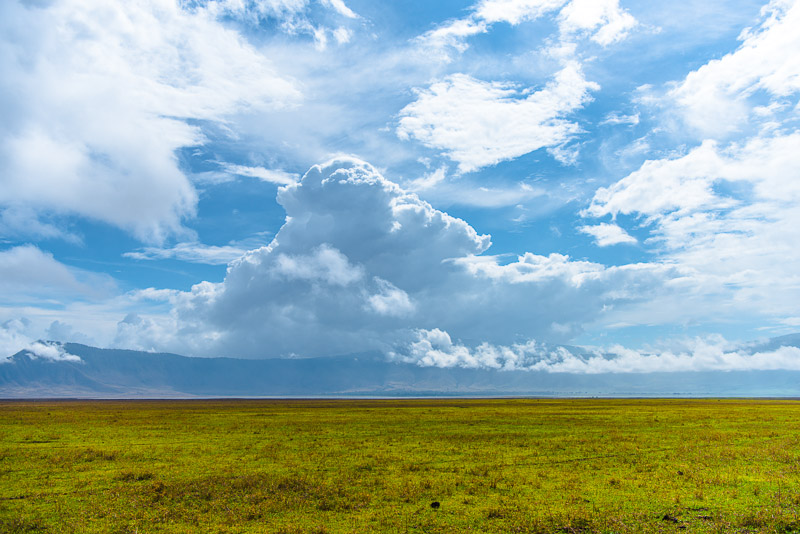
The crater is huge ...
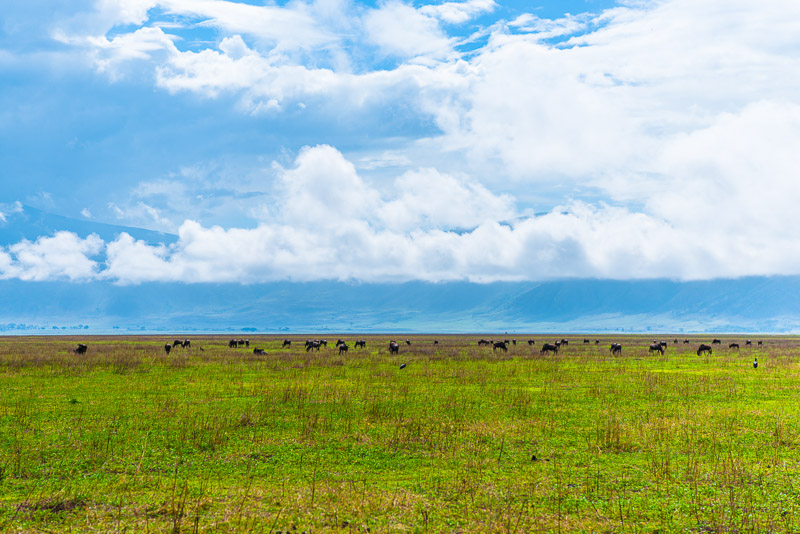
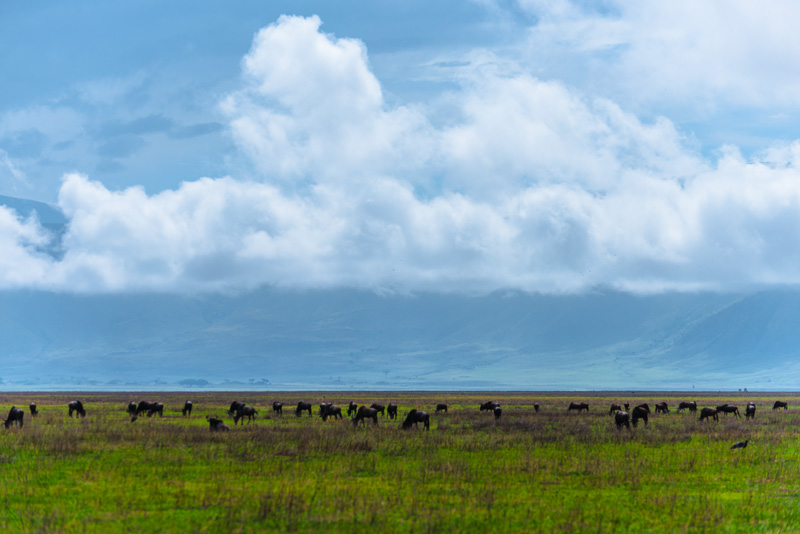
Wildebeest (Connochaetes albojubatus)
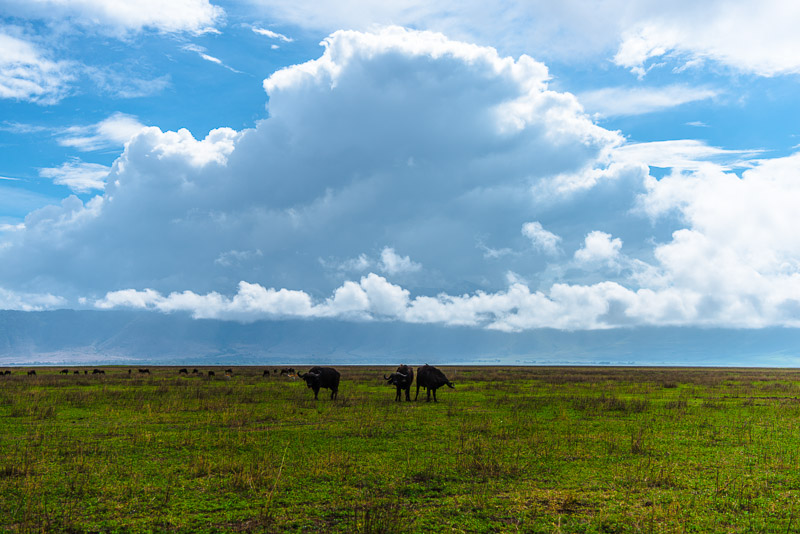
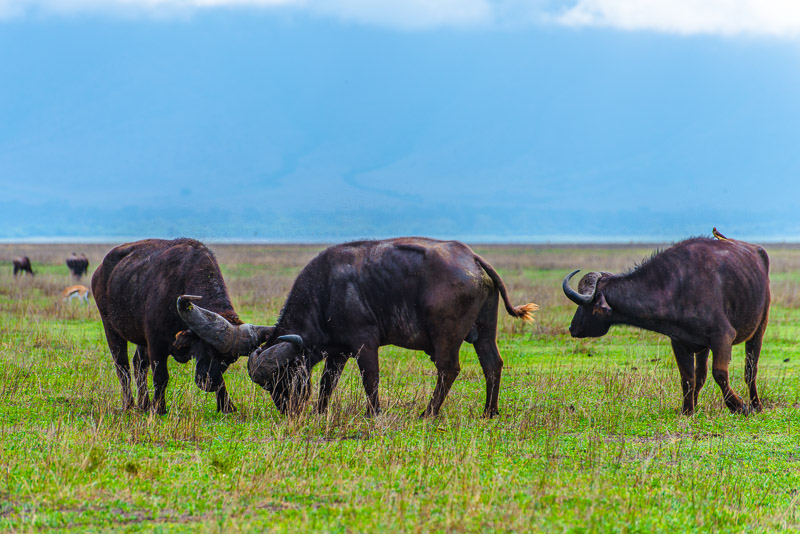
African buffalos (Syncerus caffer)
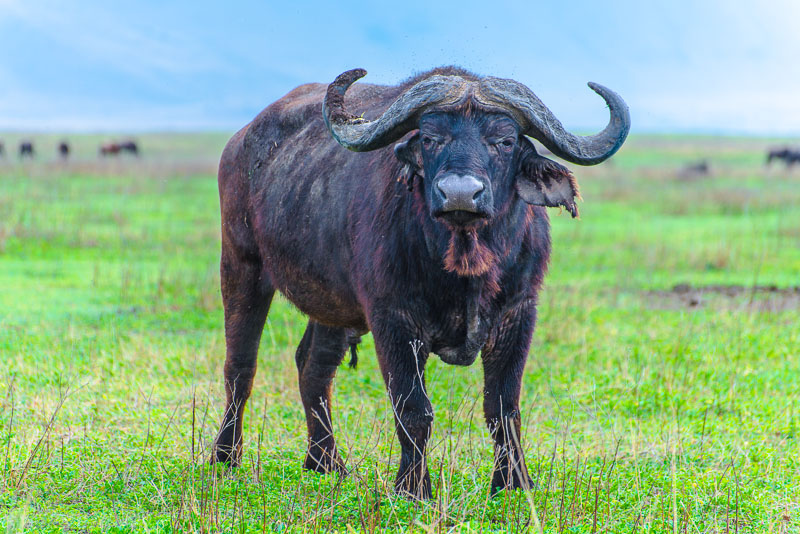
Kaffernbüffel (Syncerus caffer).
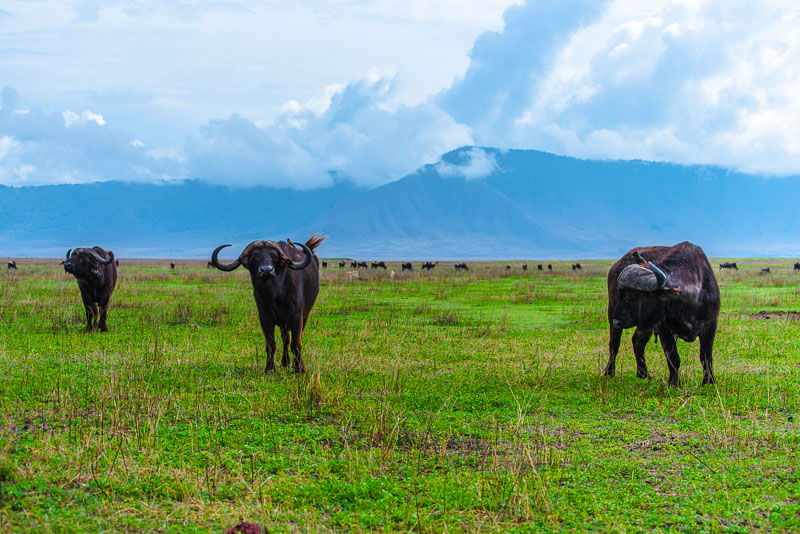
African buffalos (Syncerus caffer)
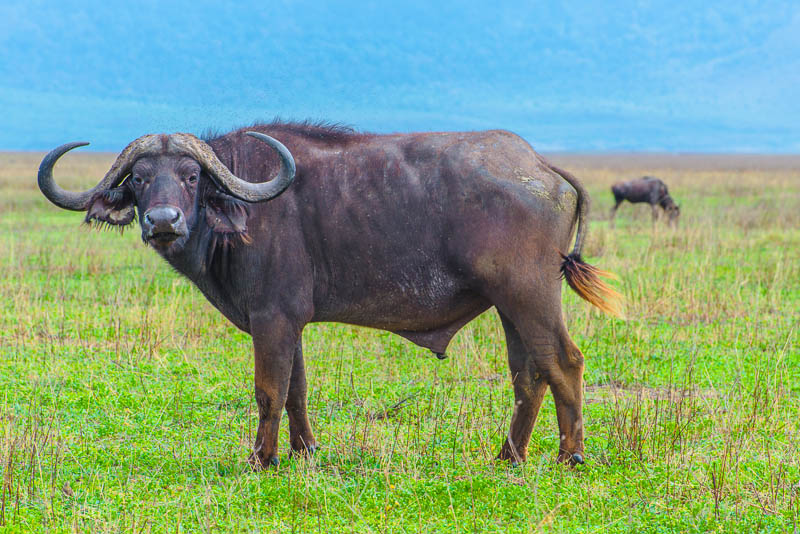
African buffalos (Syncerus caffer)
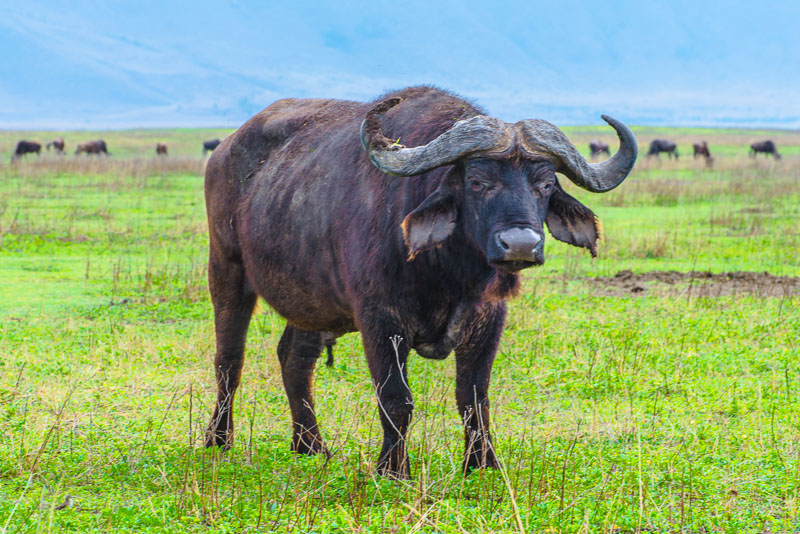
African buffalos (Syncerus caffer)
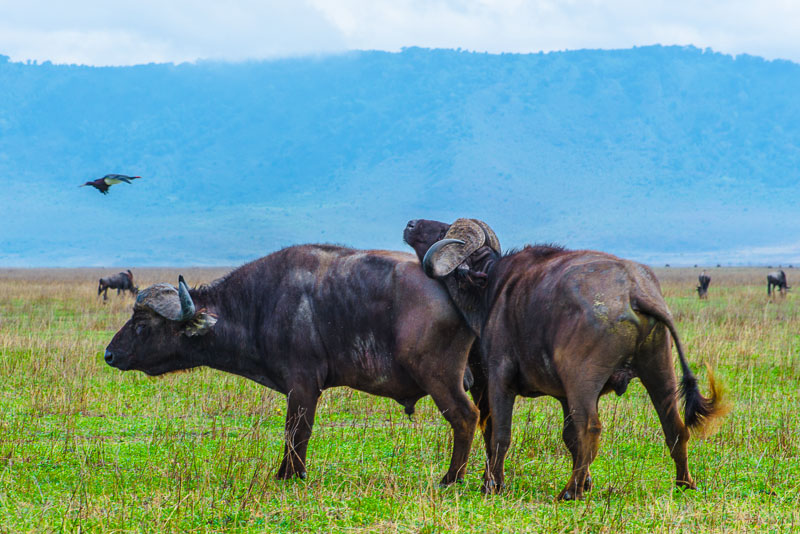
African buffalos (Syncerus caffer)
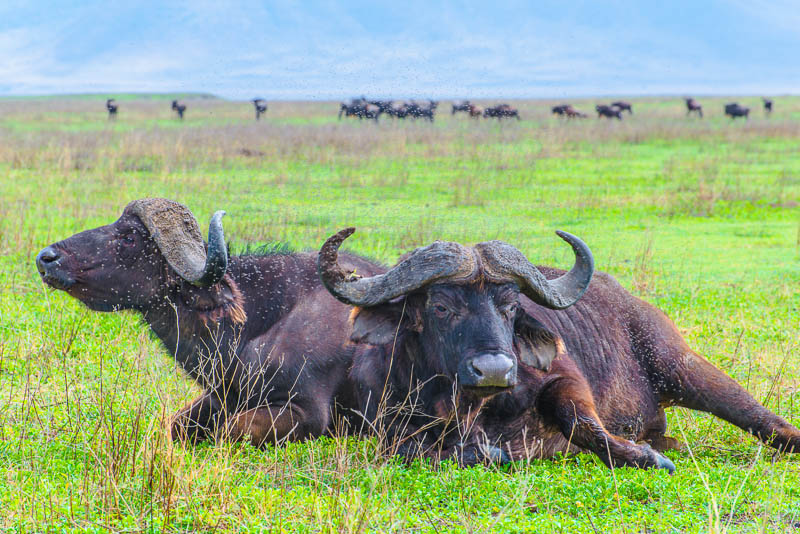
African buffalos (Syncerus caffer)
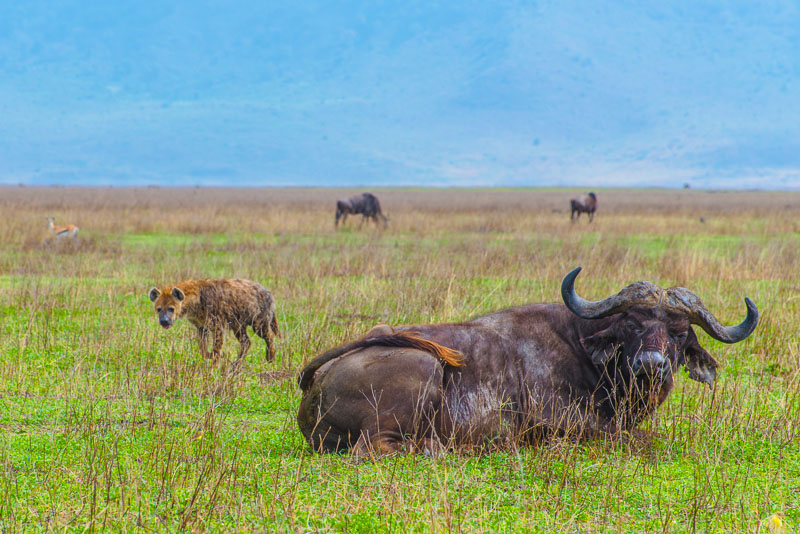
African buffalos (Syncerus caffer) and Spotted hyena (Crocuta crocuta)
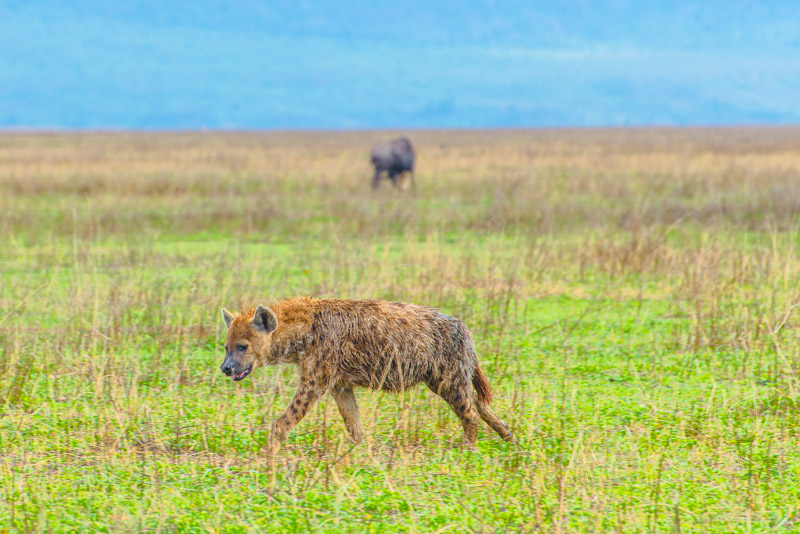
Spotted hyena (Crocuta crocuta)
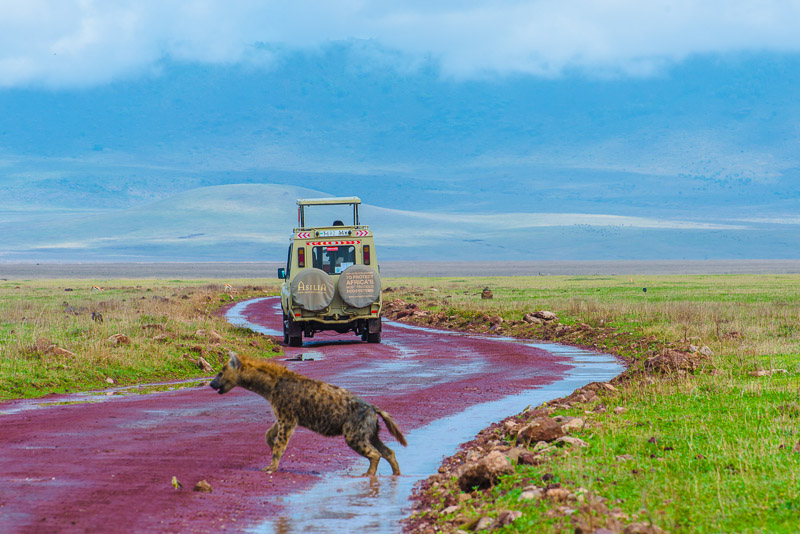
Spotted hyena (Crocuta crocuta)
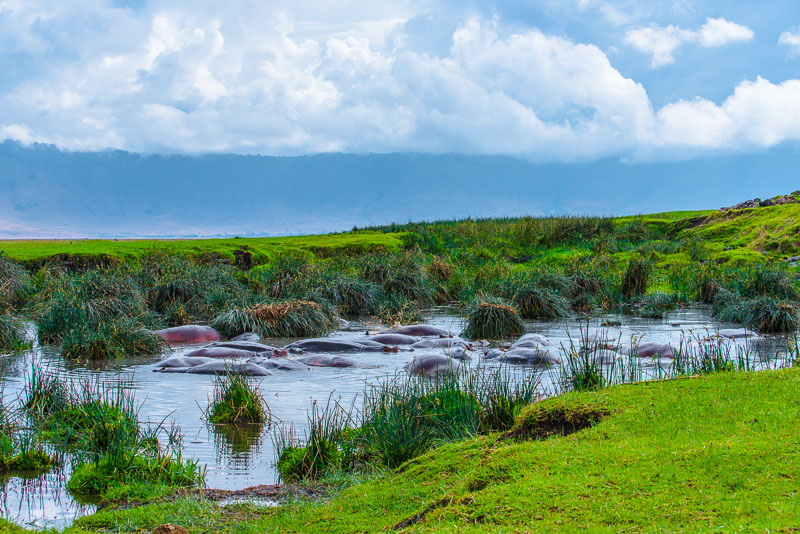
We now reach the "Hippopool", where dozens of hippopotamus spend the day inside the water.
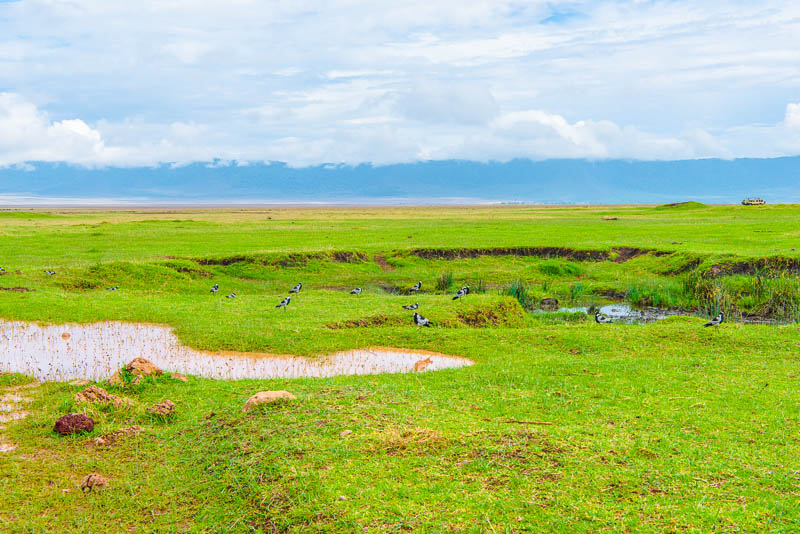
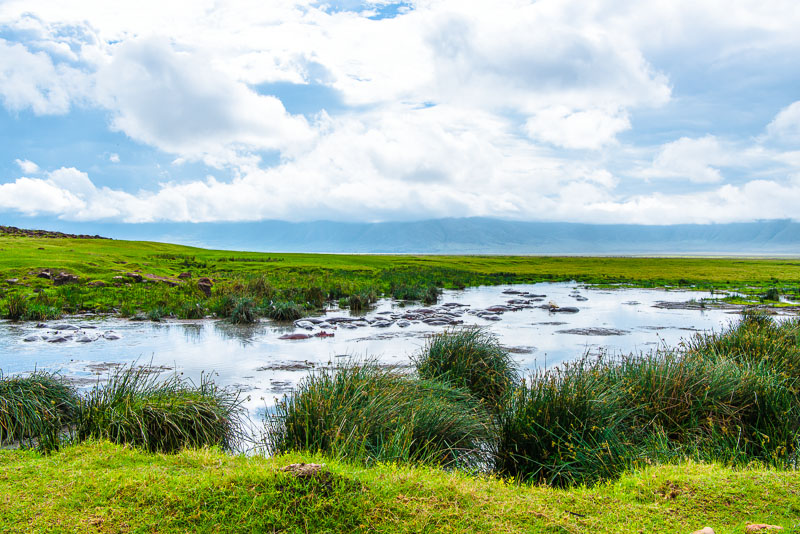
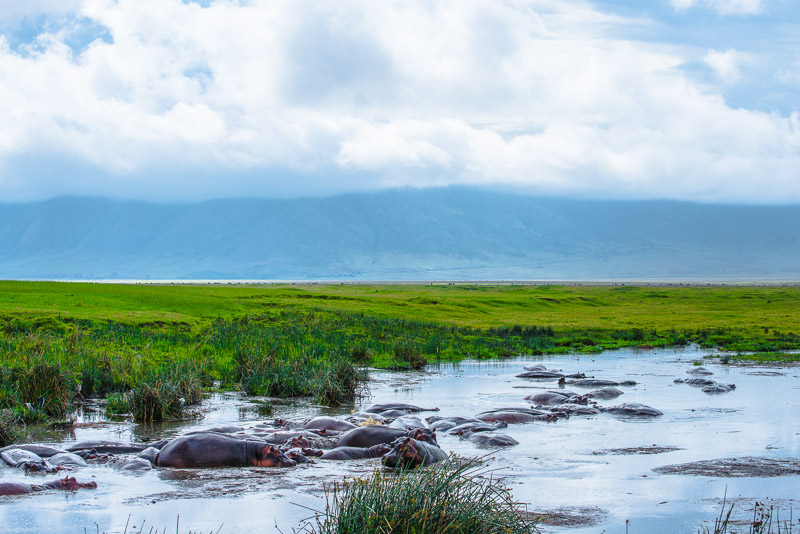
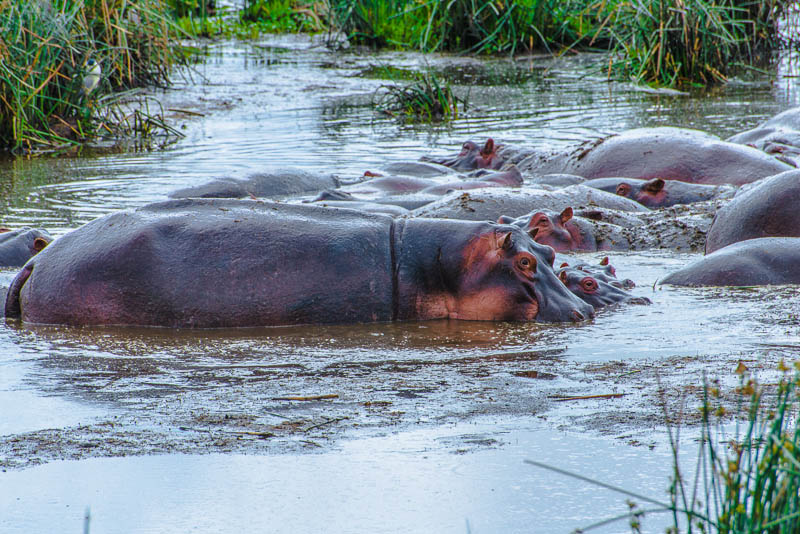
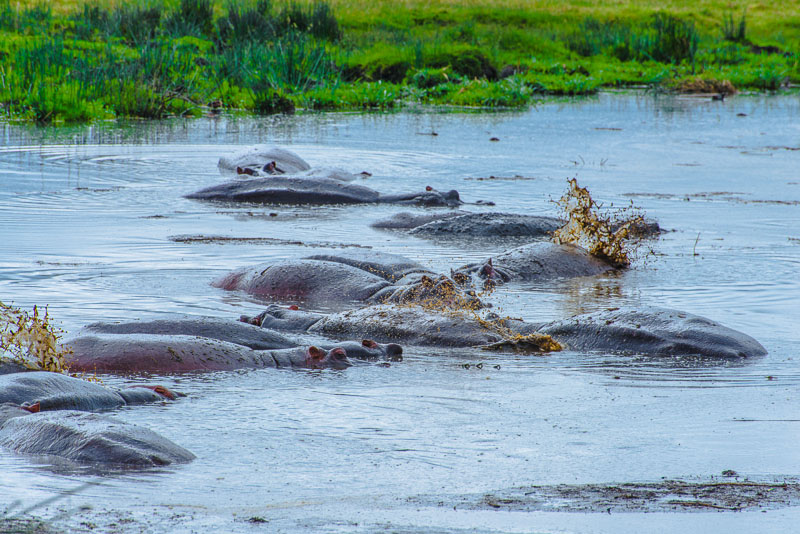
Now and then they use their tail to splash a bit of the muddy water over their back, to cool down. They come out for eating grass during the night.
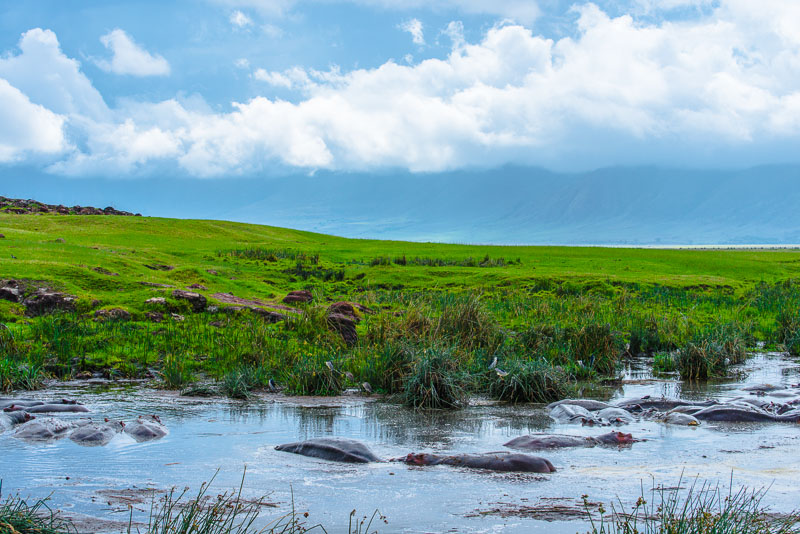
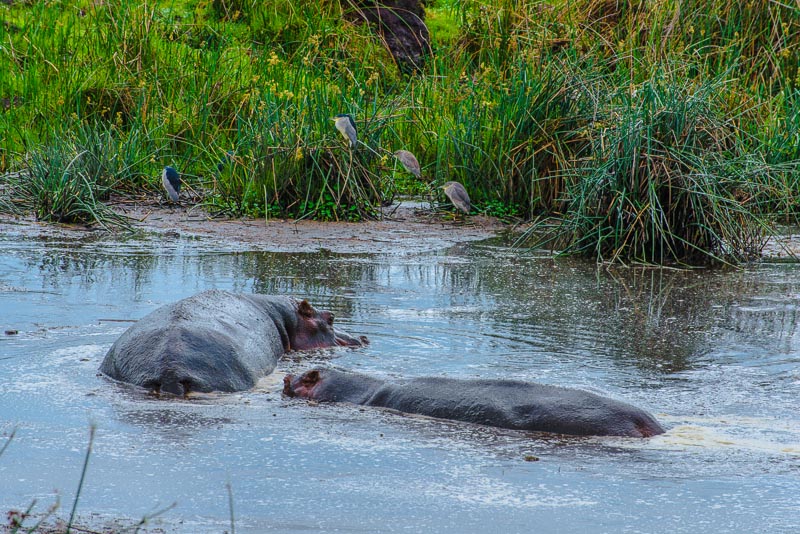
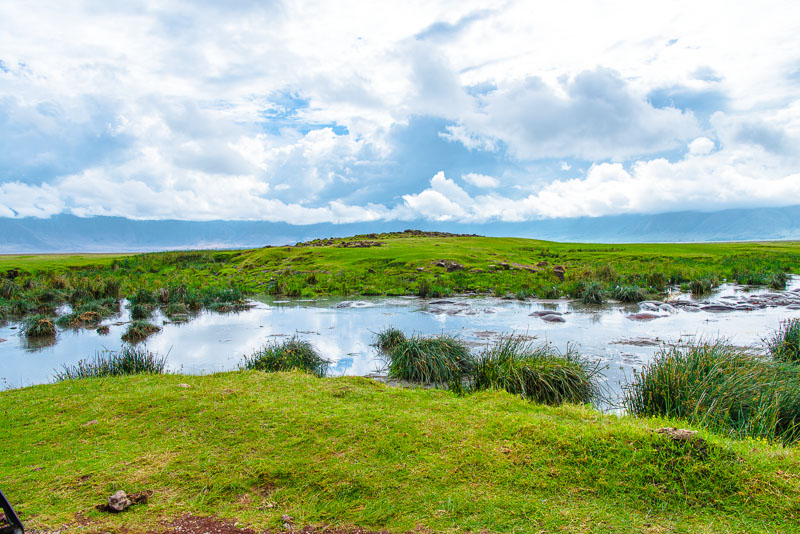
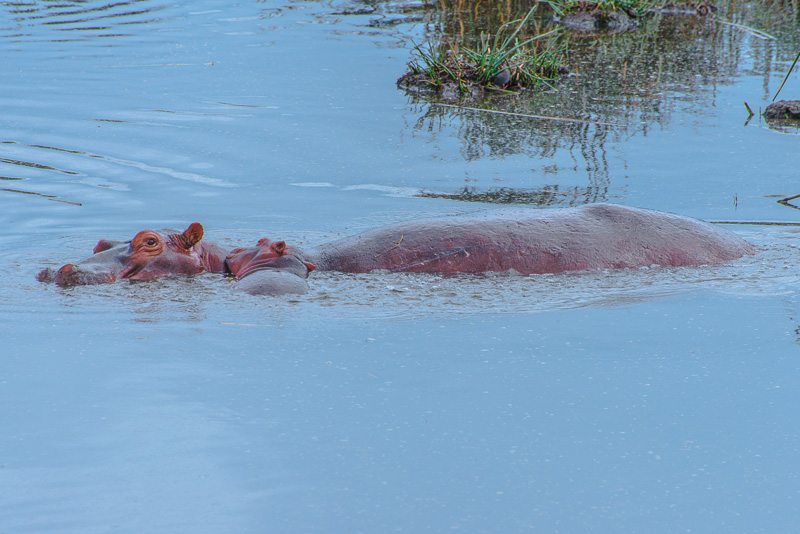
Mother with child.
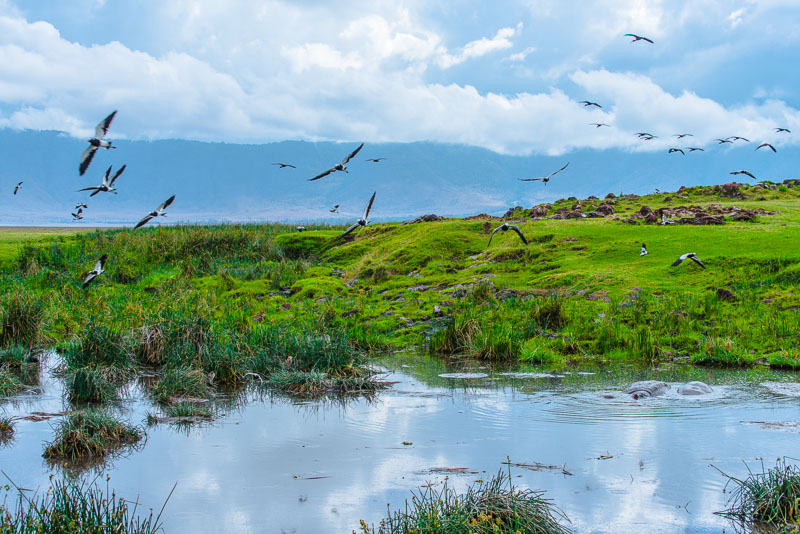
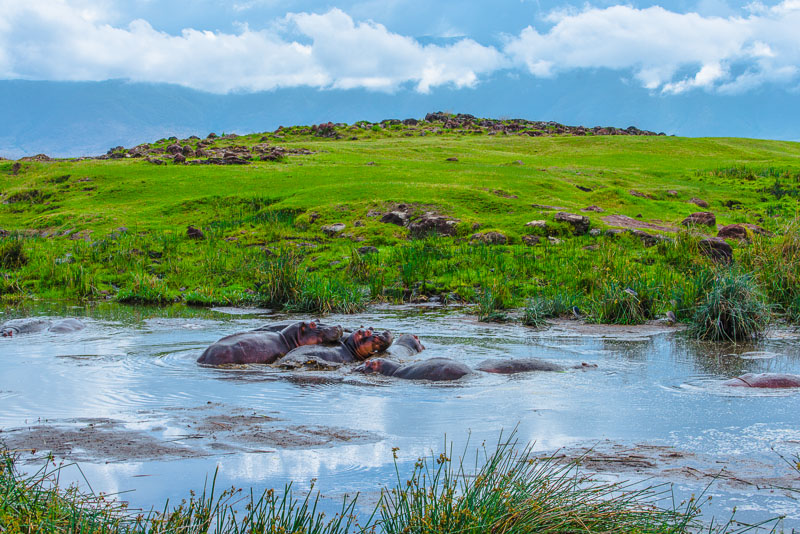
Panoramic view of the "Hippo - Pool". Click here or into the picture for a larger display.
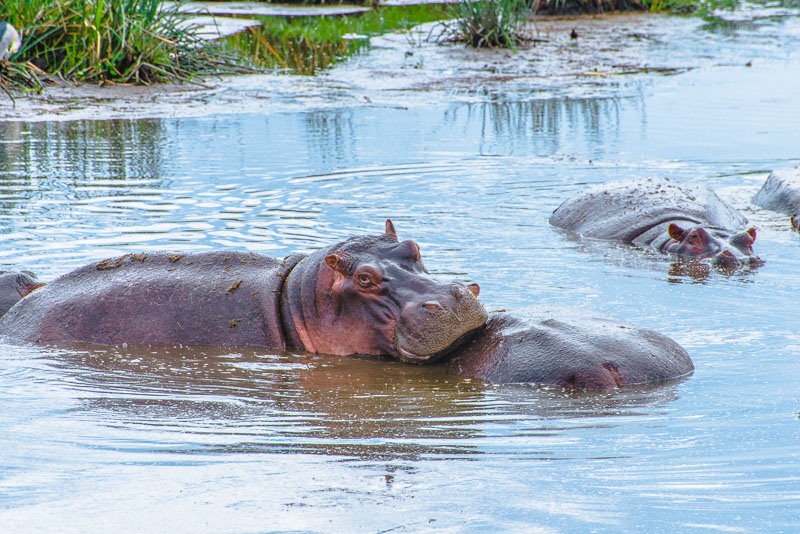
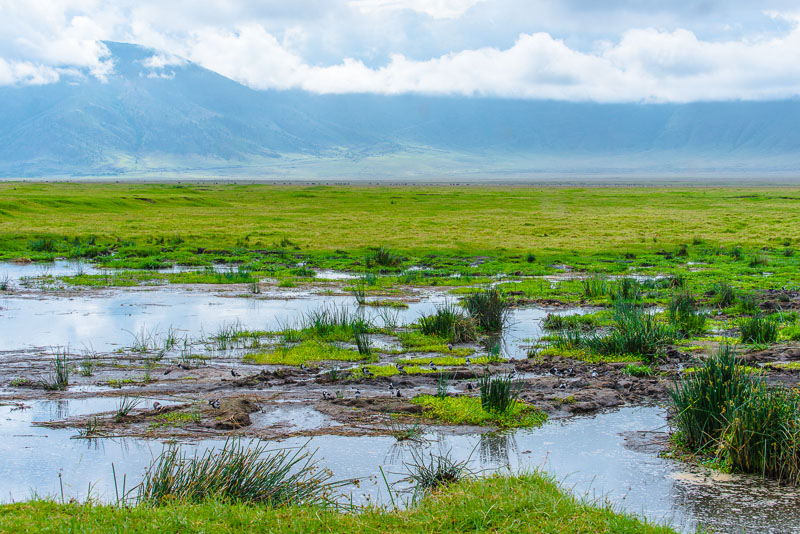
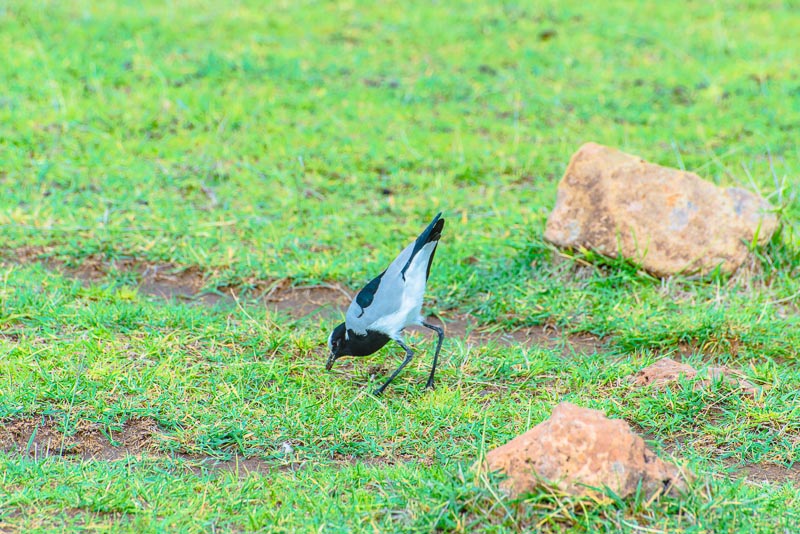
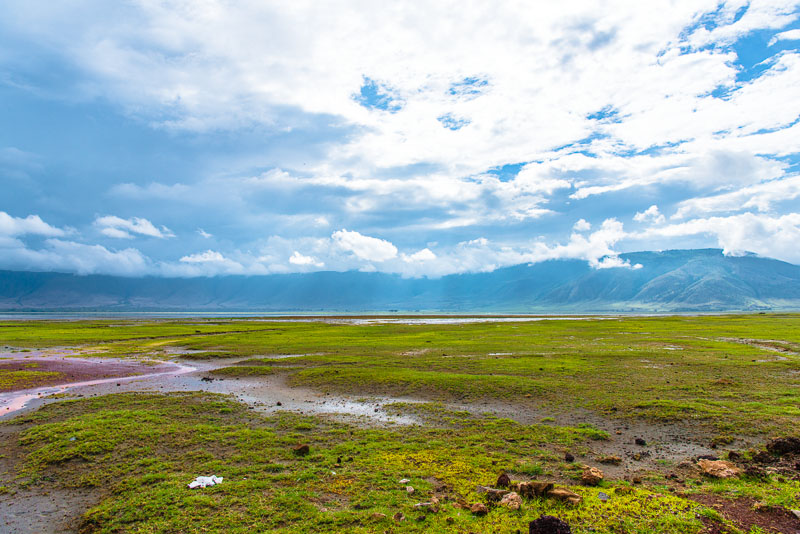
Driving further
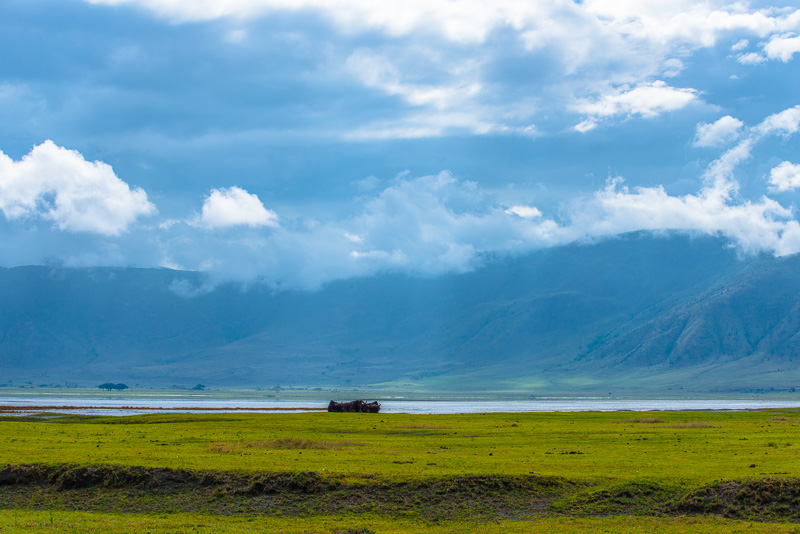
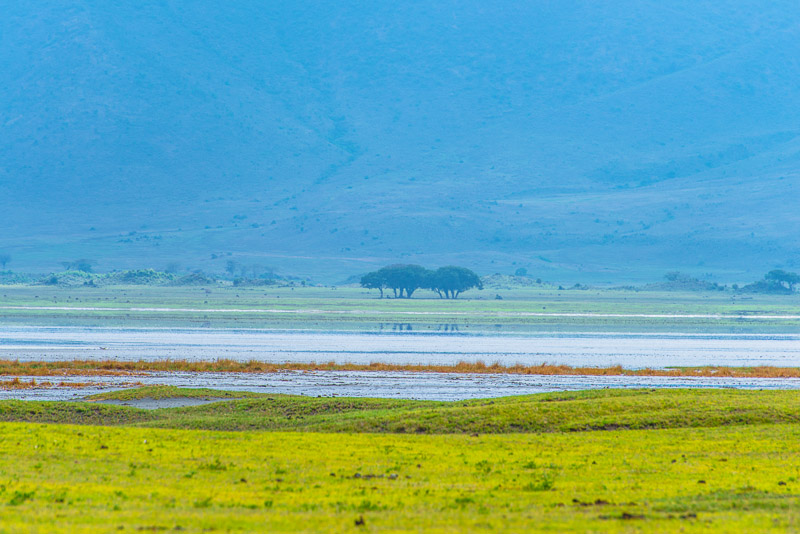
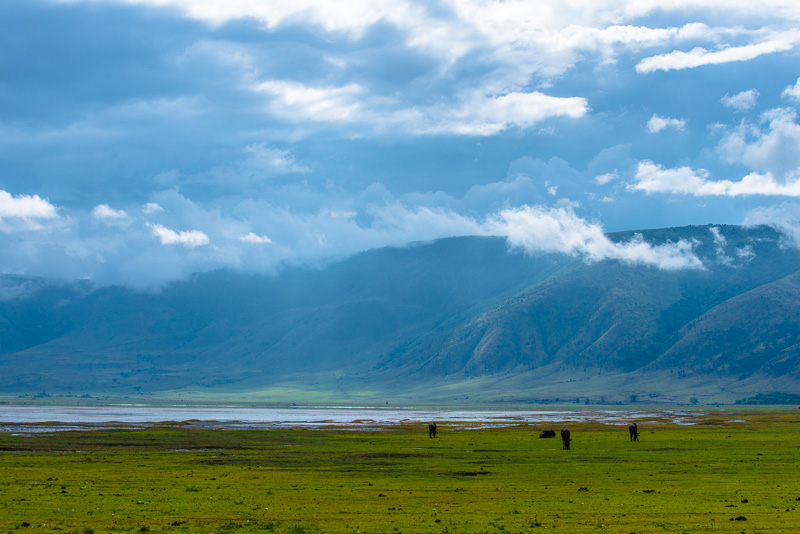
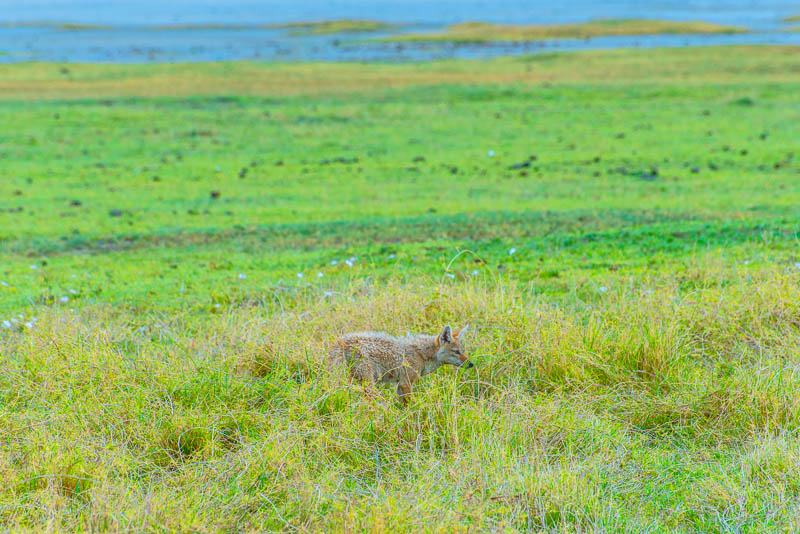
Black-backed jackal (Canis mesomelas)
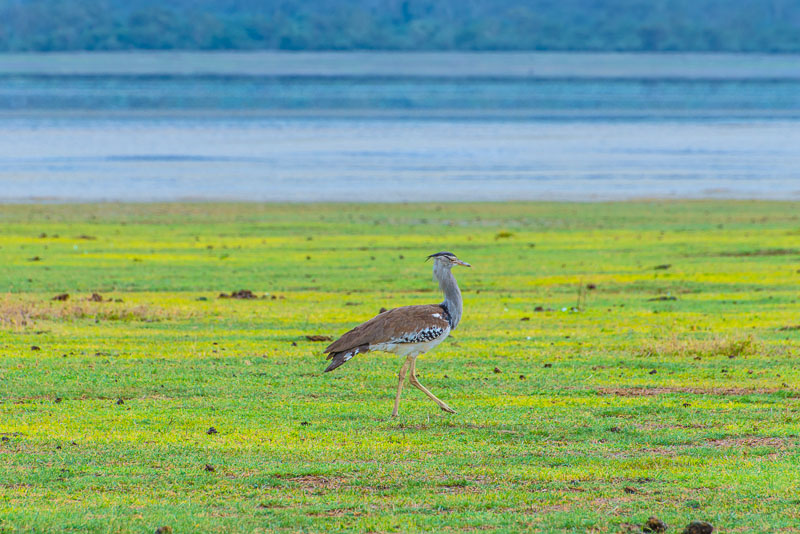
Kori_bustard (Ardeotis kori), the biggest flying bird on earth.
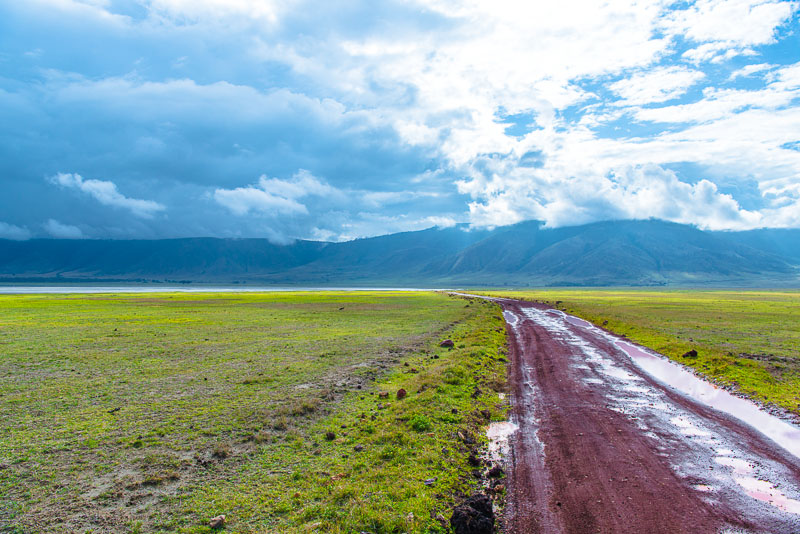
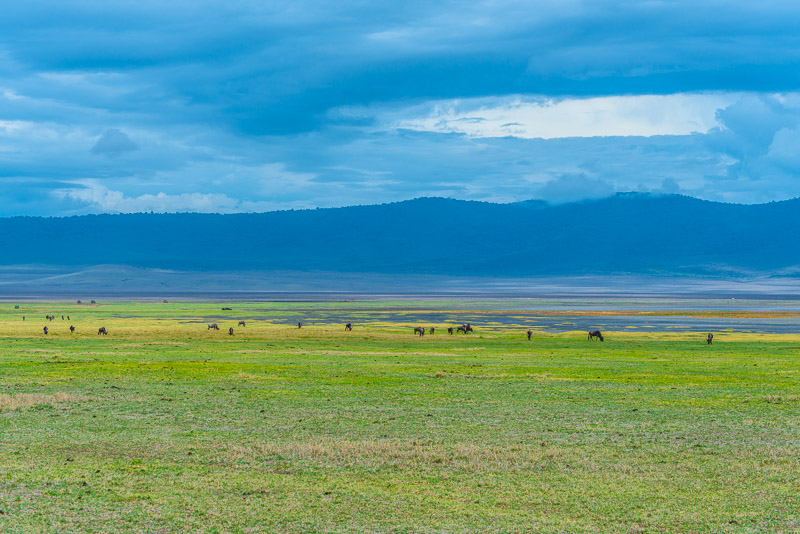
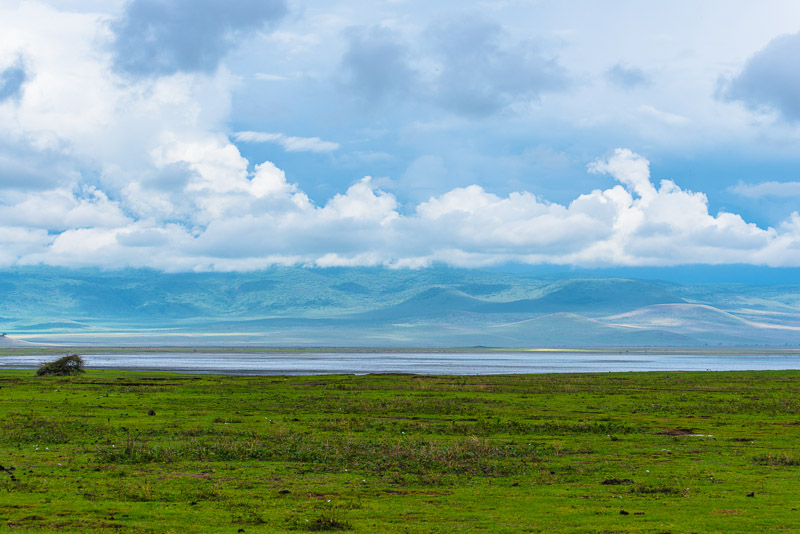
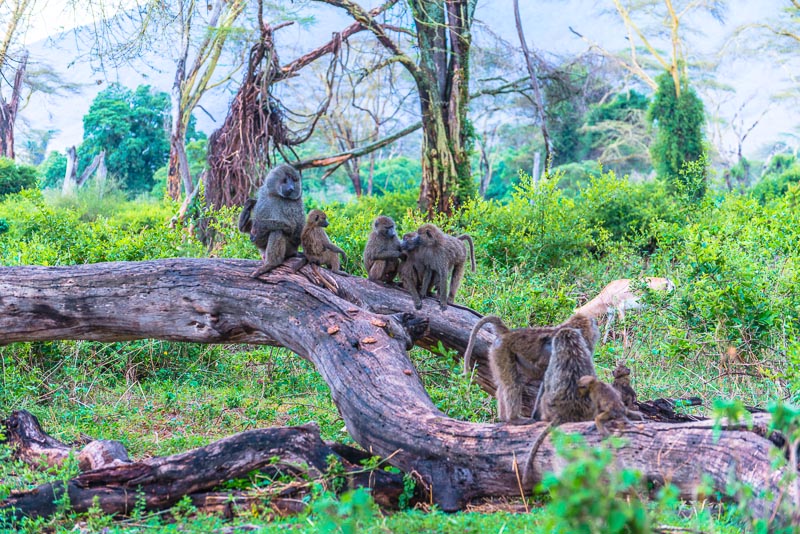
In einem kleinen Waldstück eine Pavian -Familie.
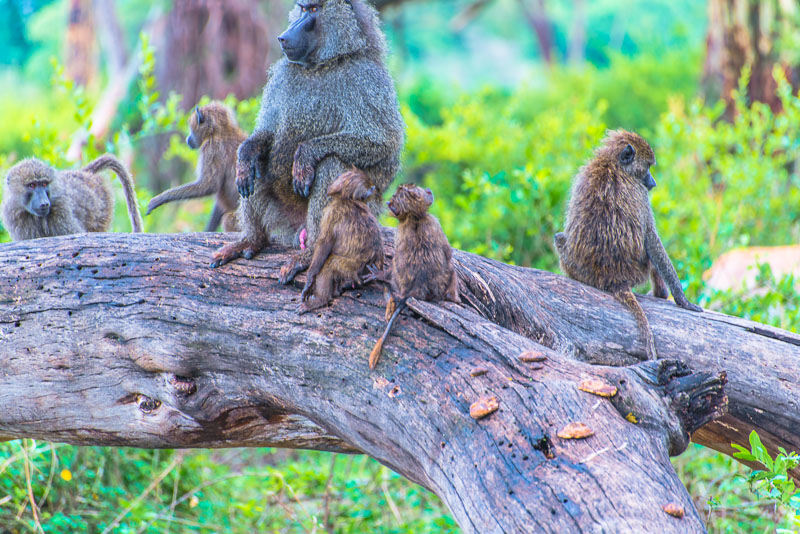
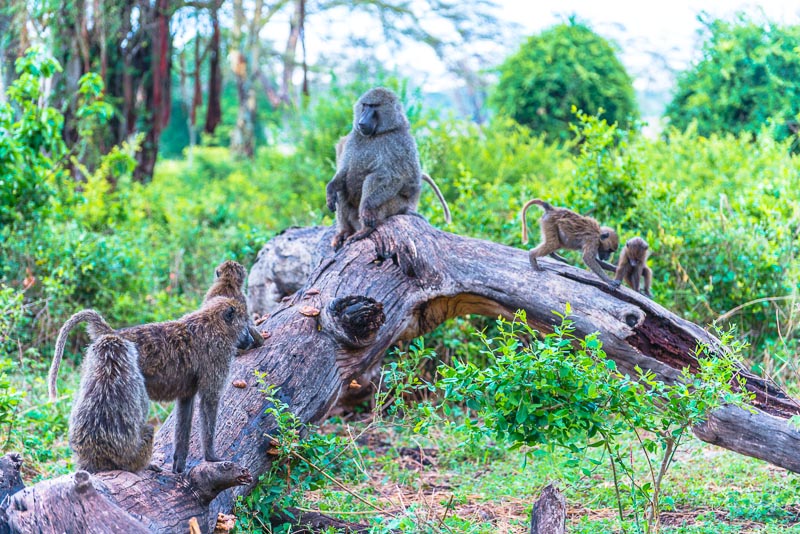
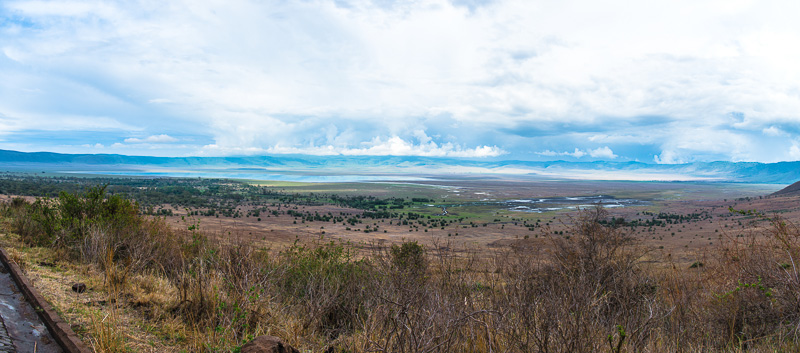
It is late now, we have to leave the crater as for 6 p.m.
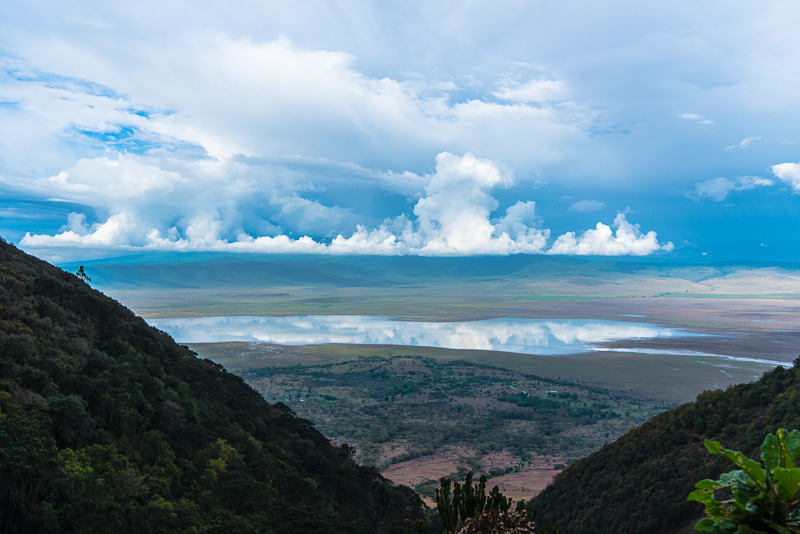
Mirroring in the lake.
The second look from the crater view is much better now. Click here or into the picture for a larger display.
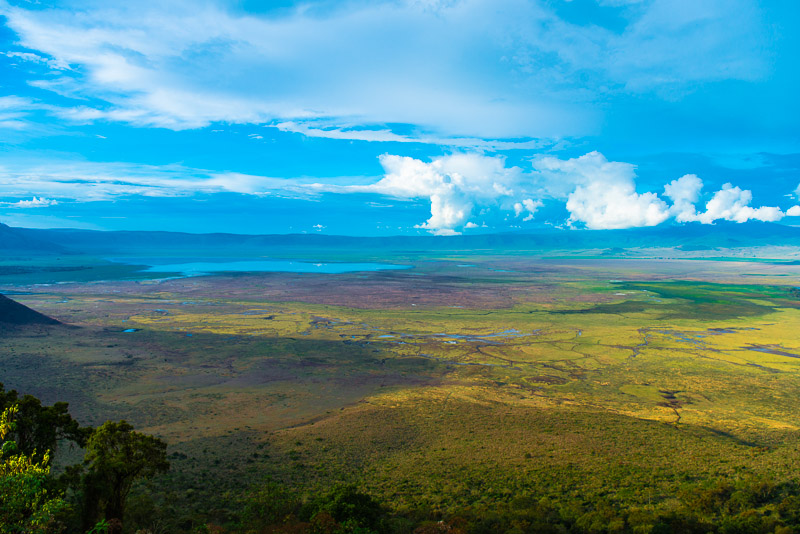
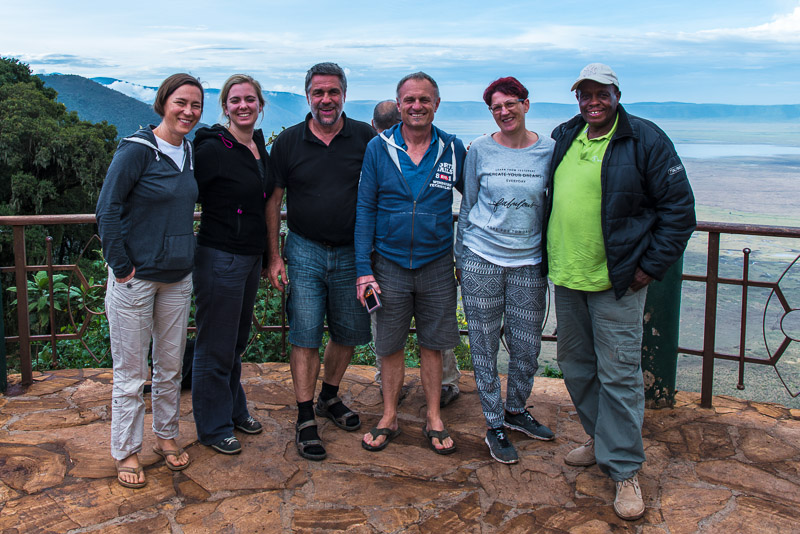
A friendly fellow tourist made this group picture of us: Katharina, Kerstin, me, Peter, Andrea and Charles, our driver and Guide.
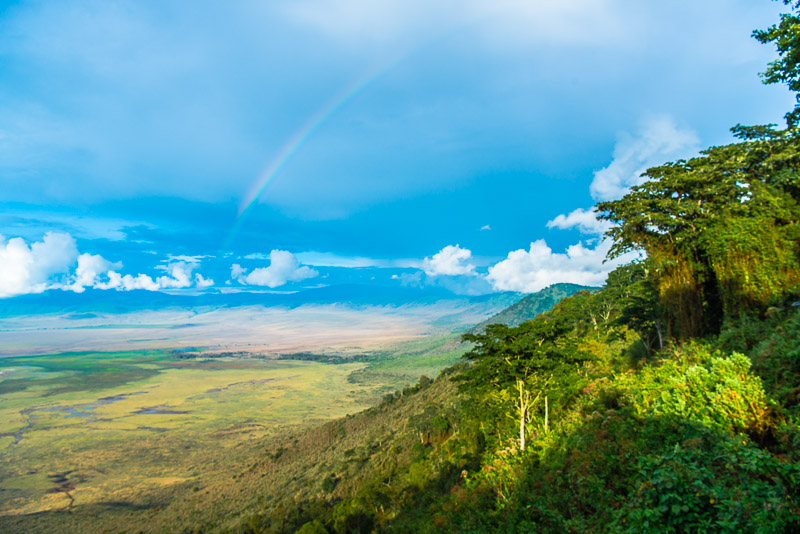
A nice rainbow as a finisher ...
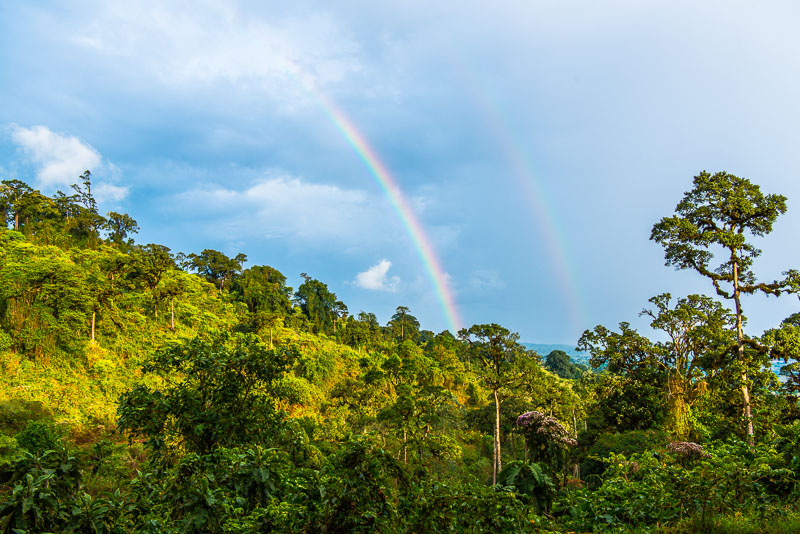
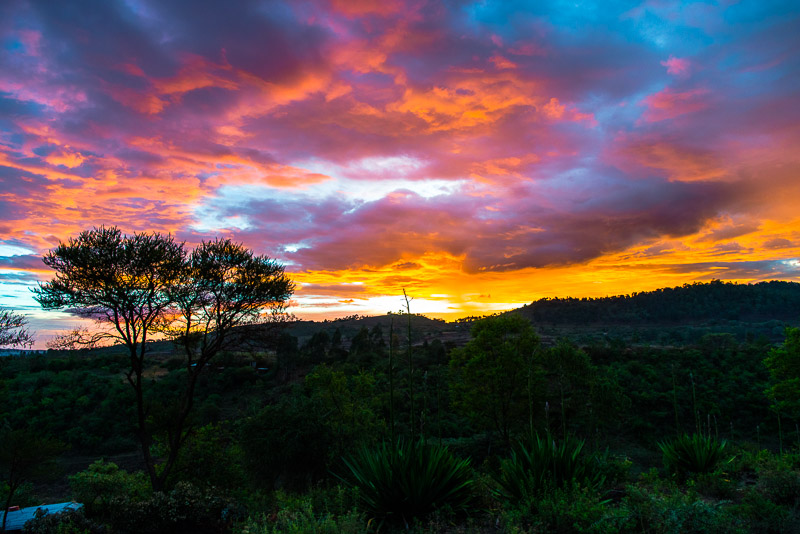
... as well as a wonderful sunset.